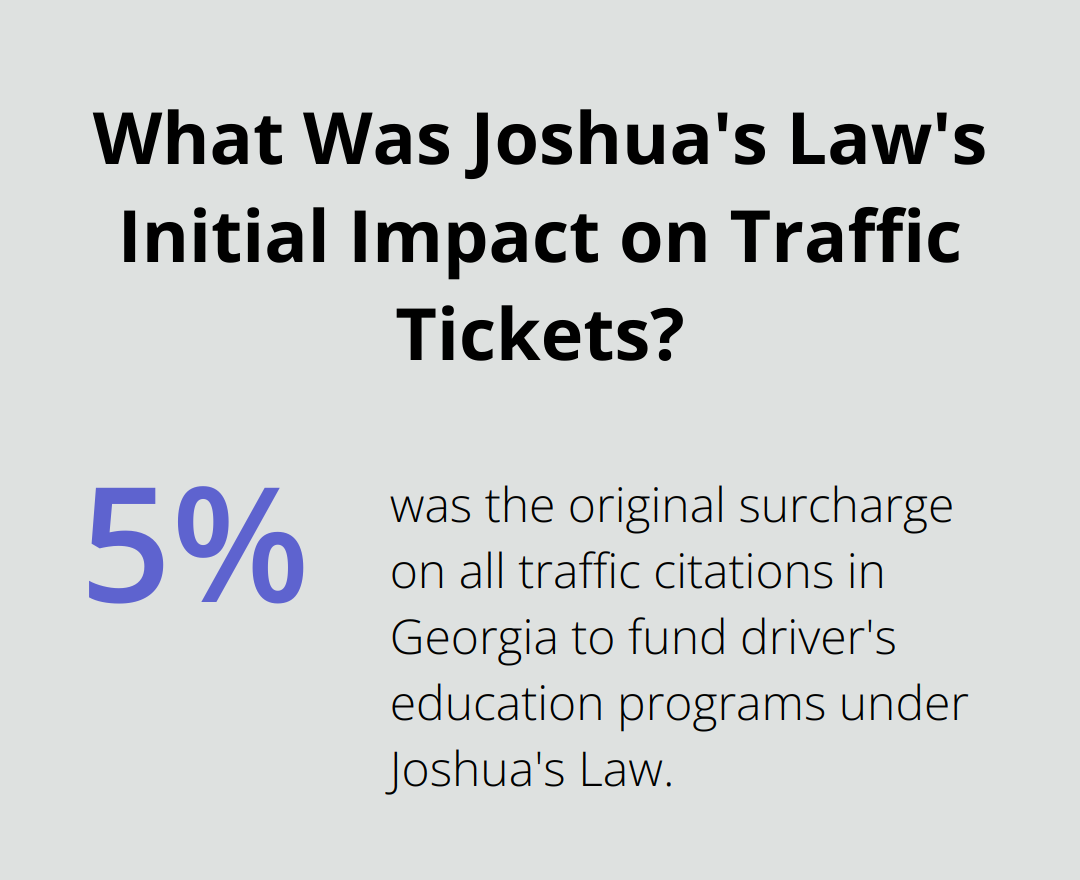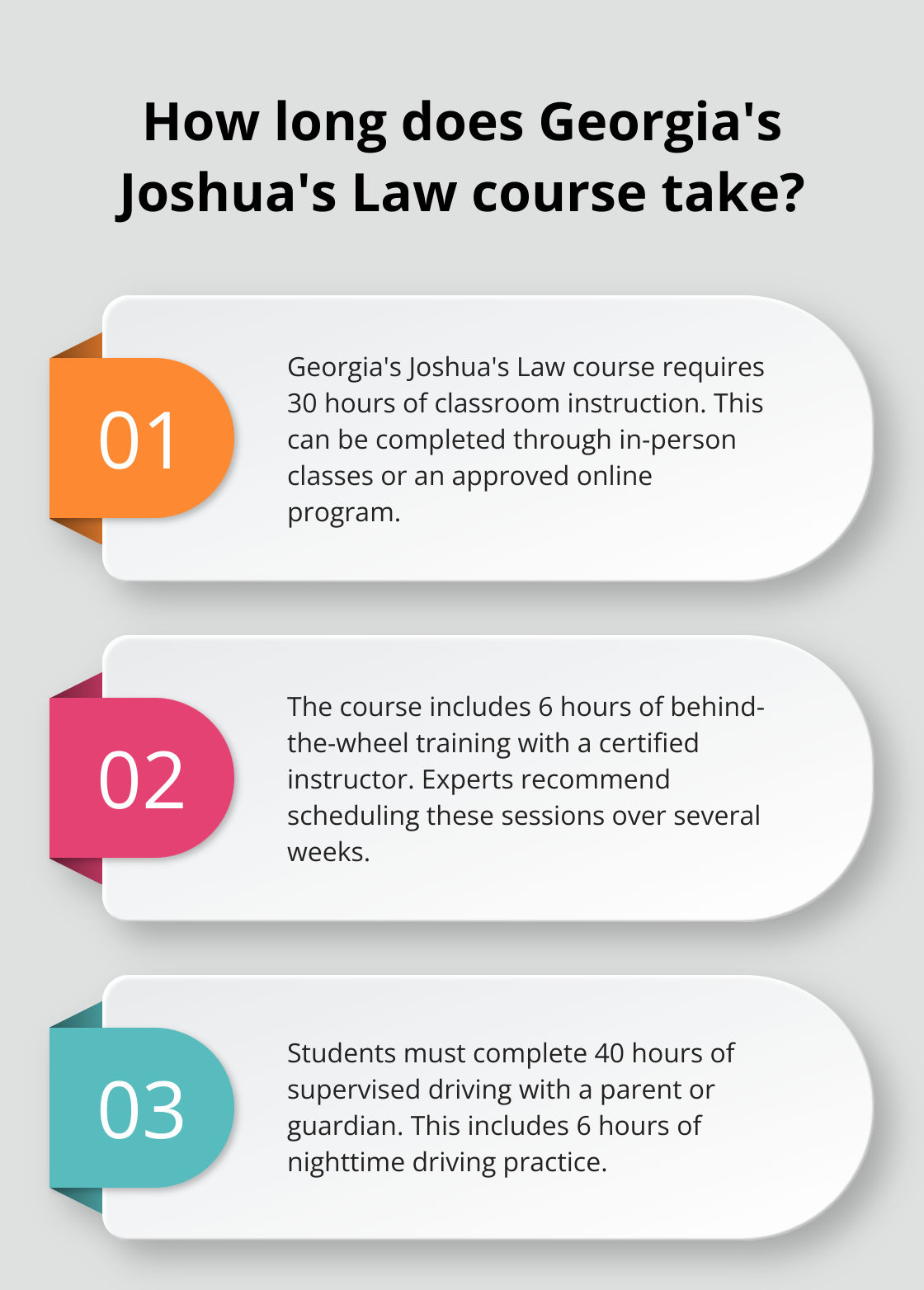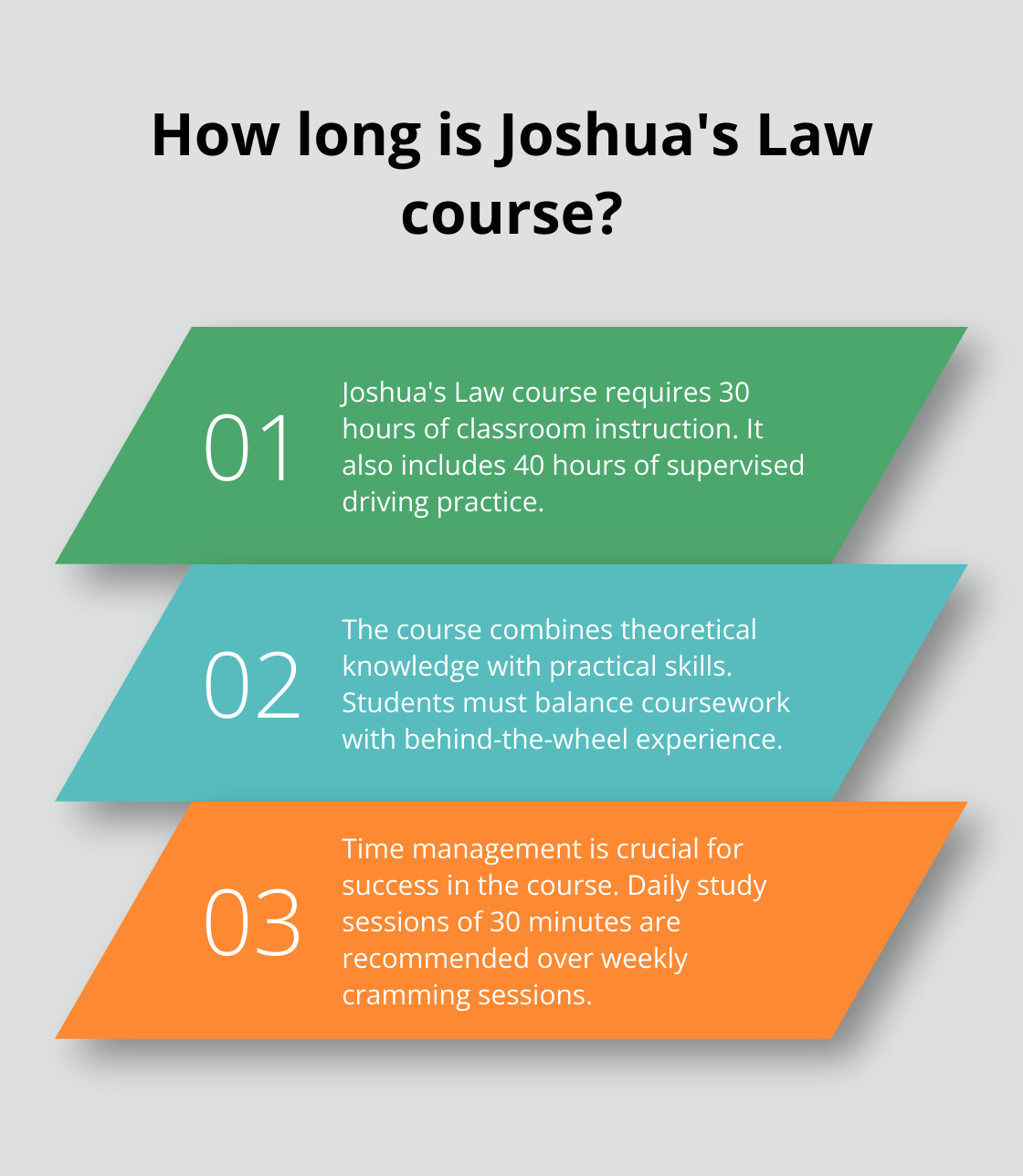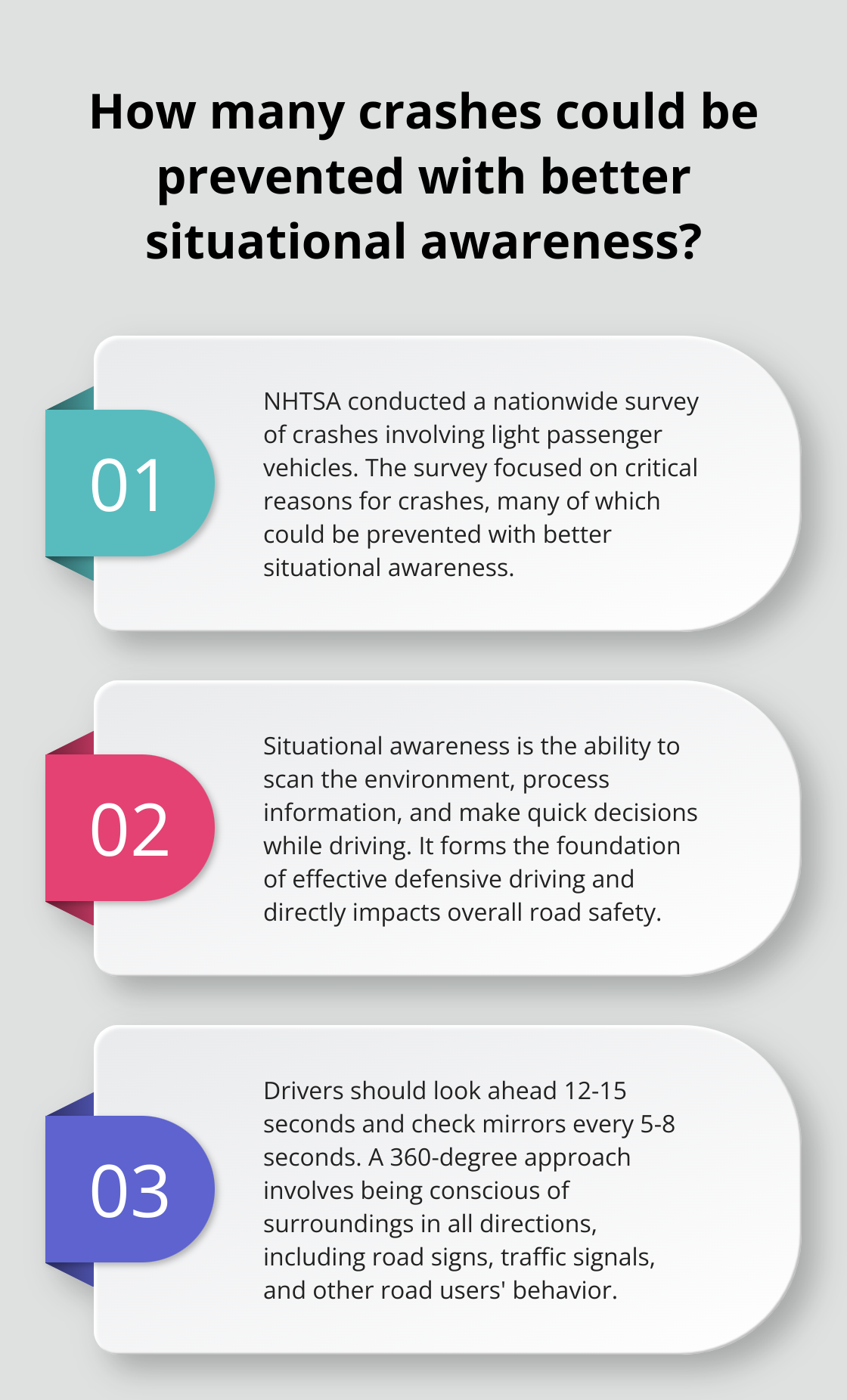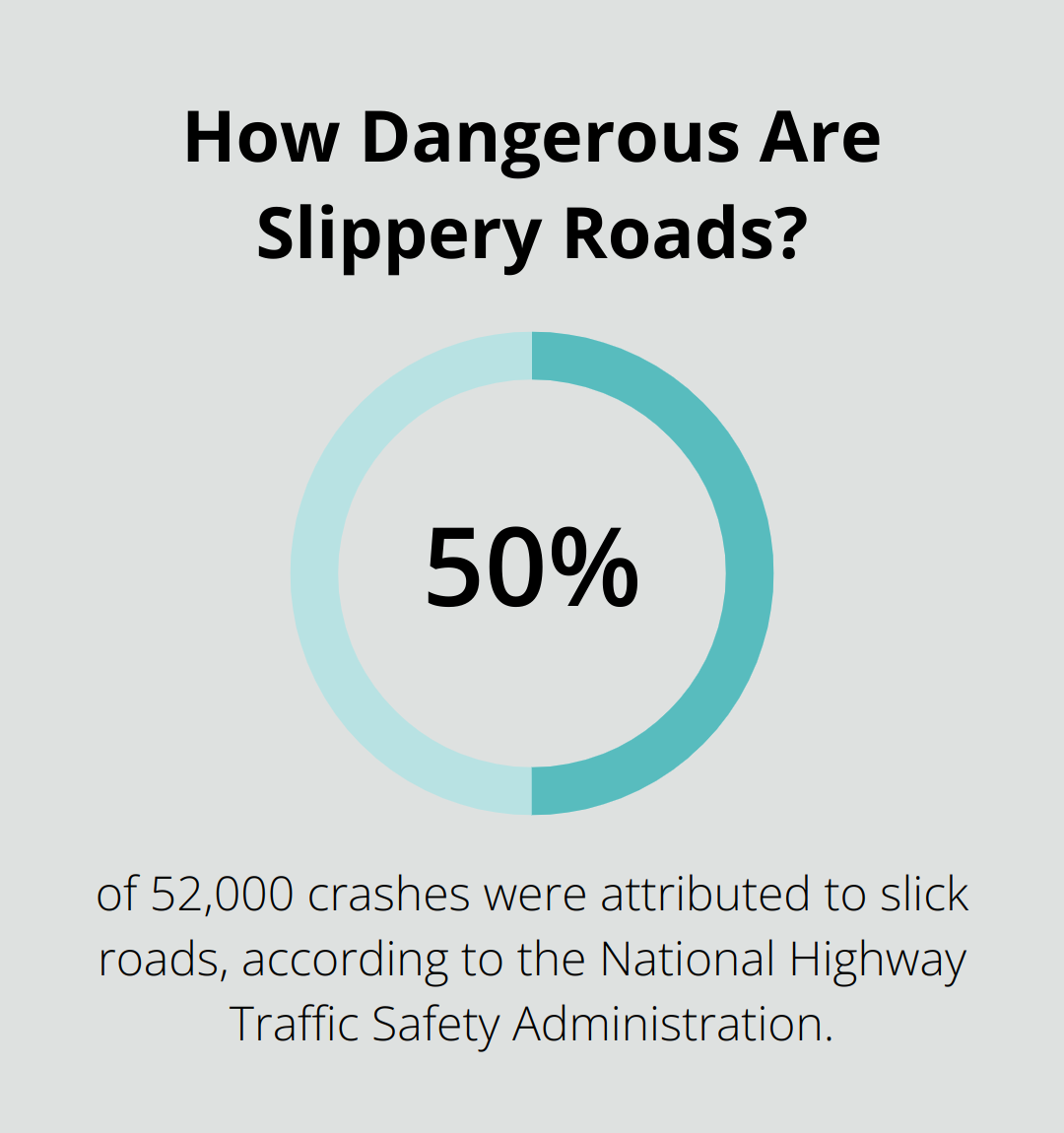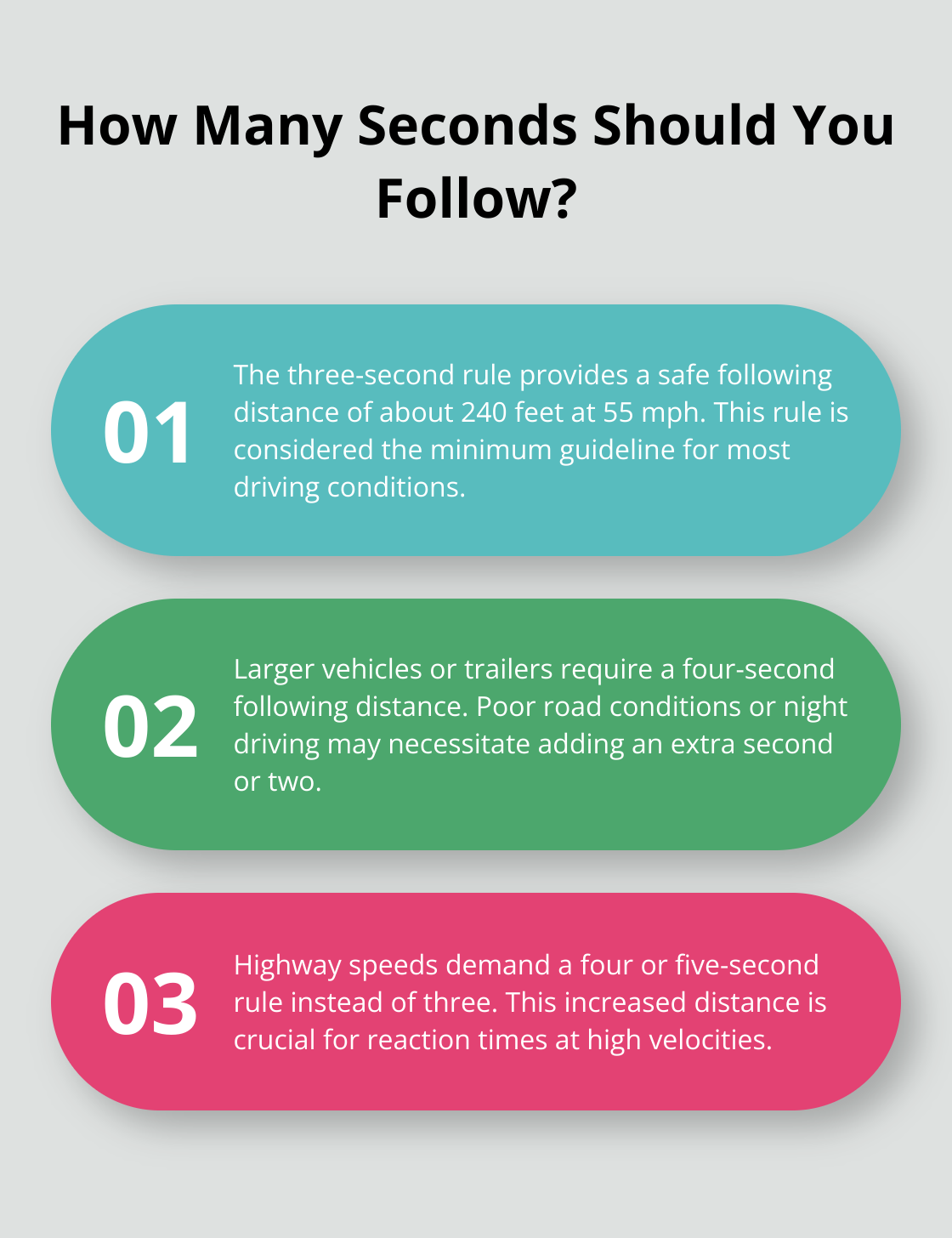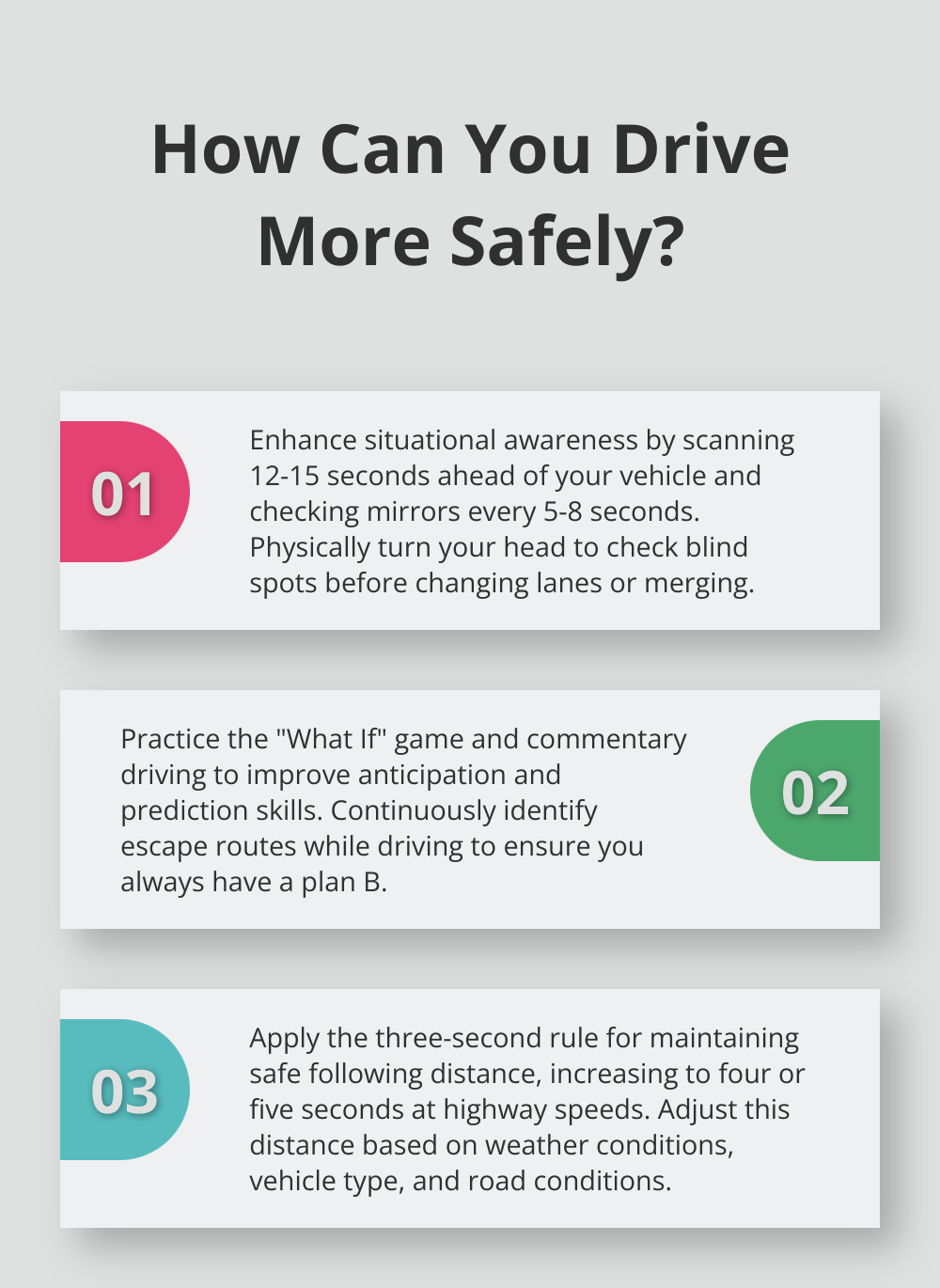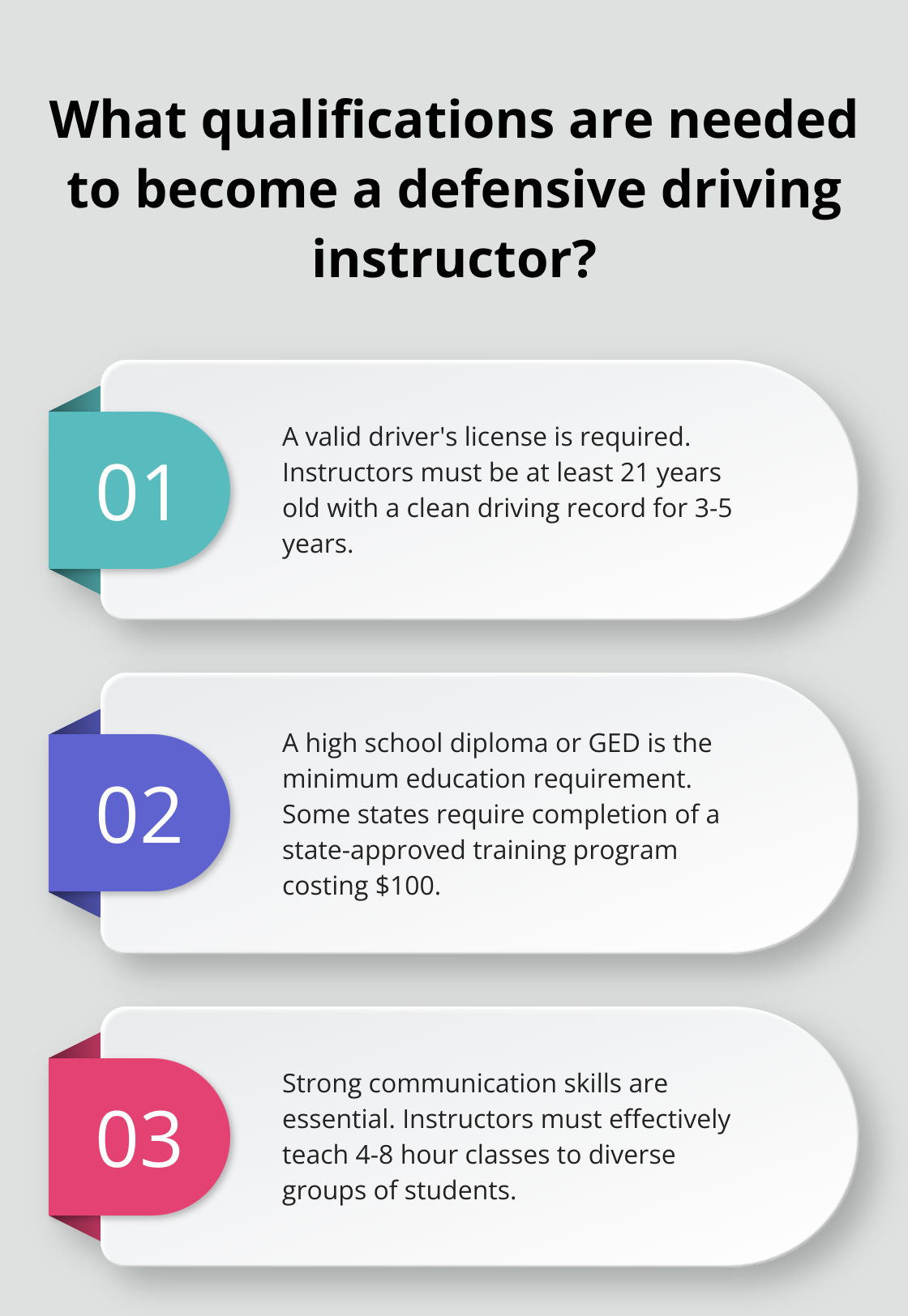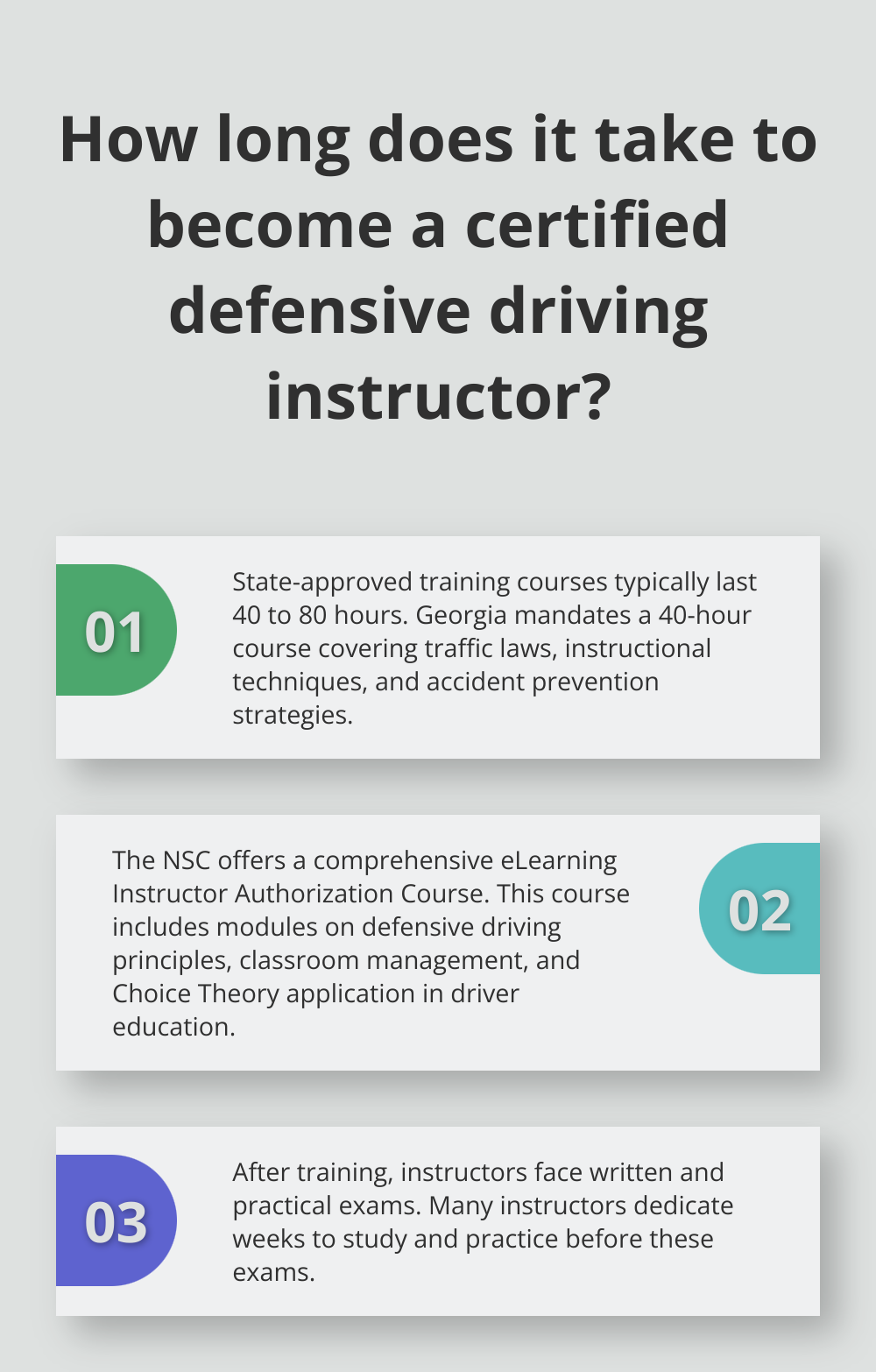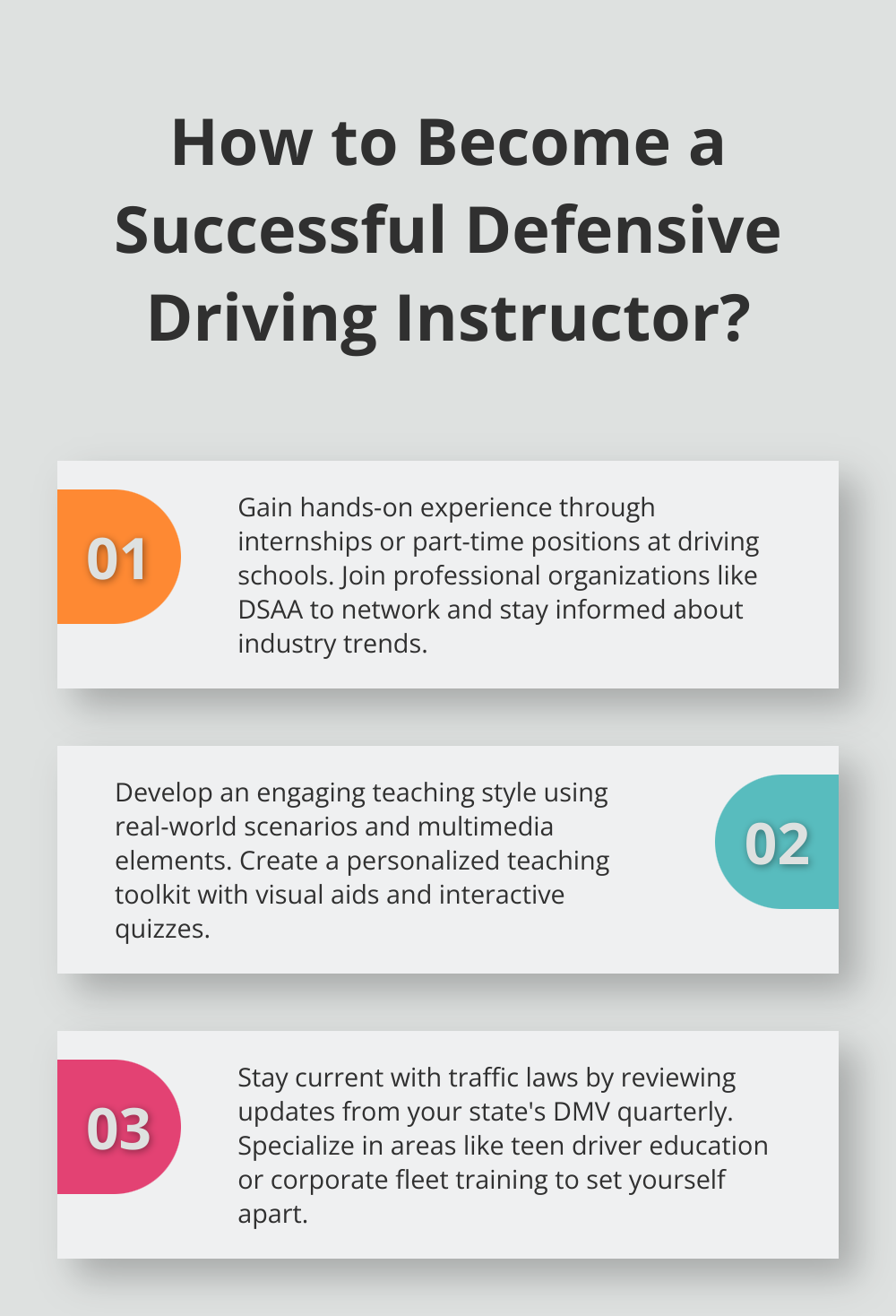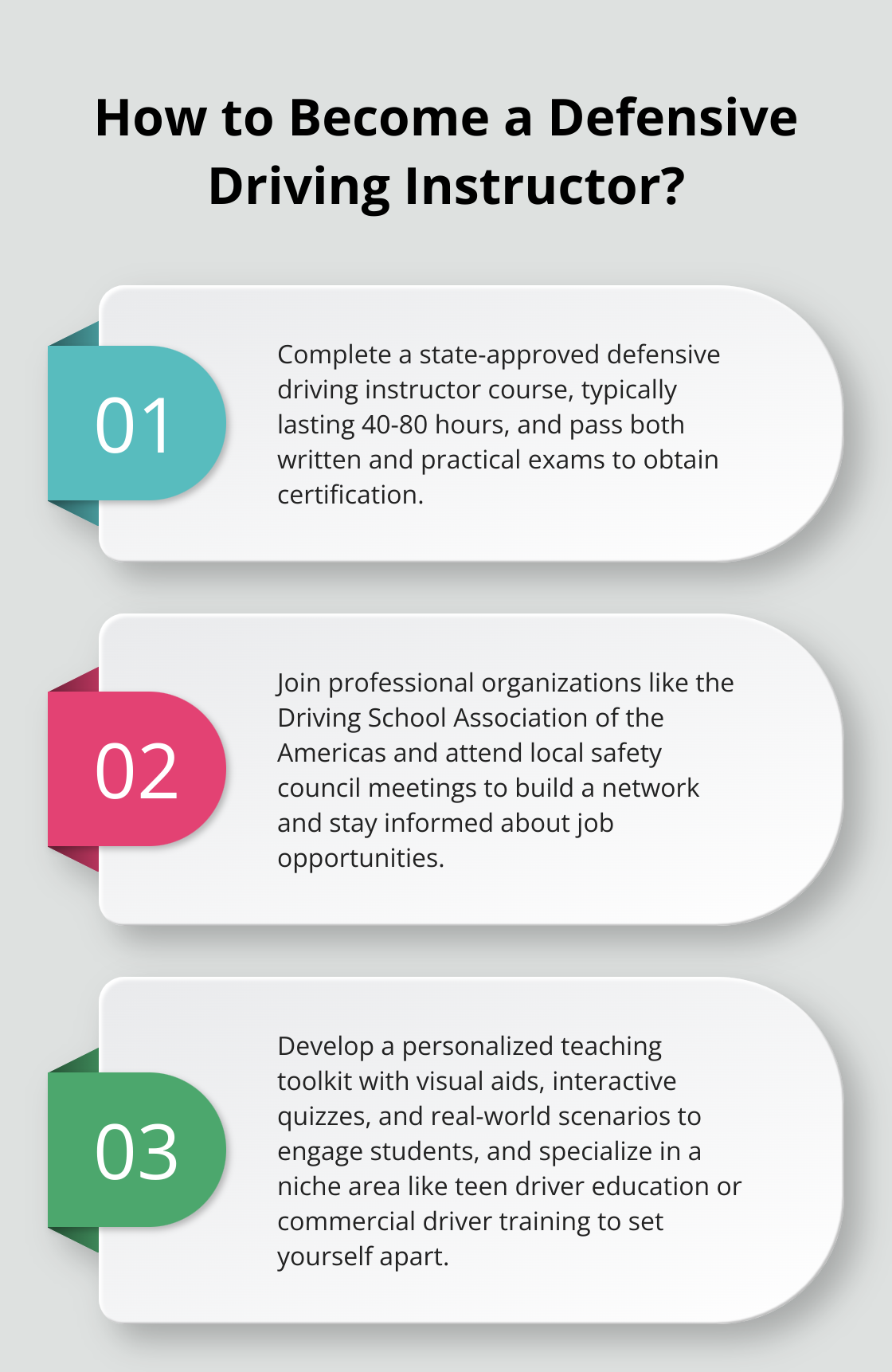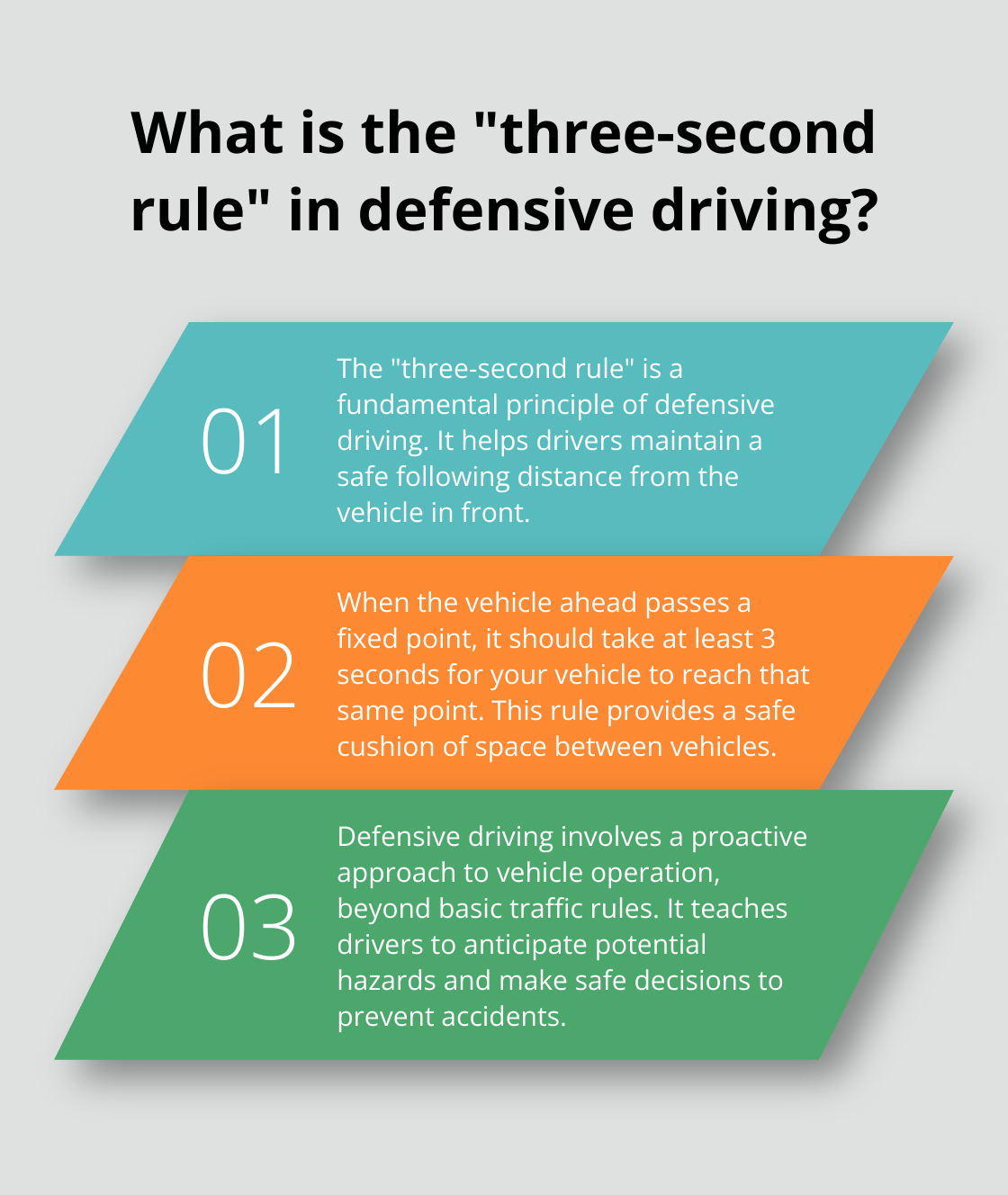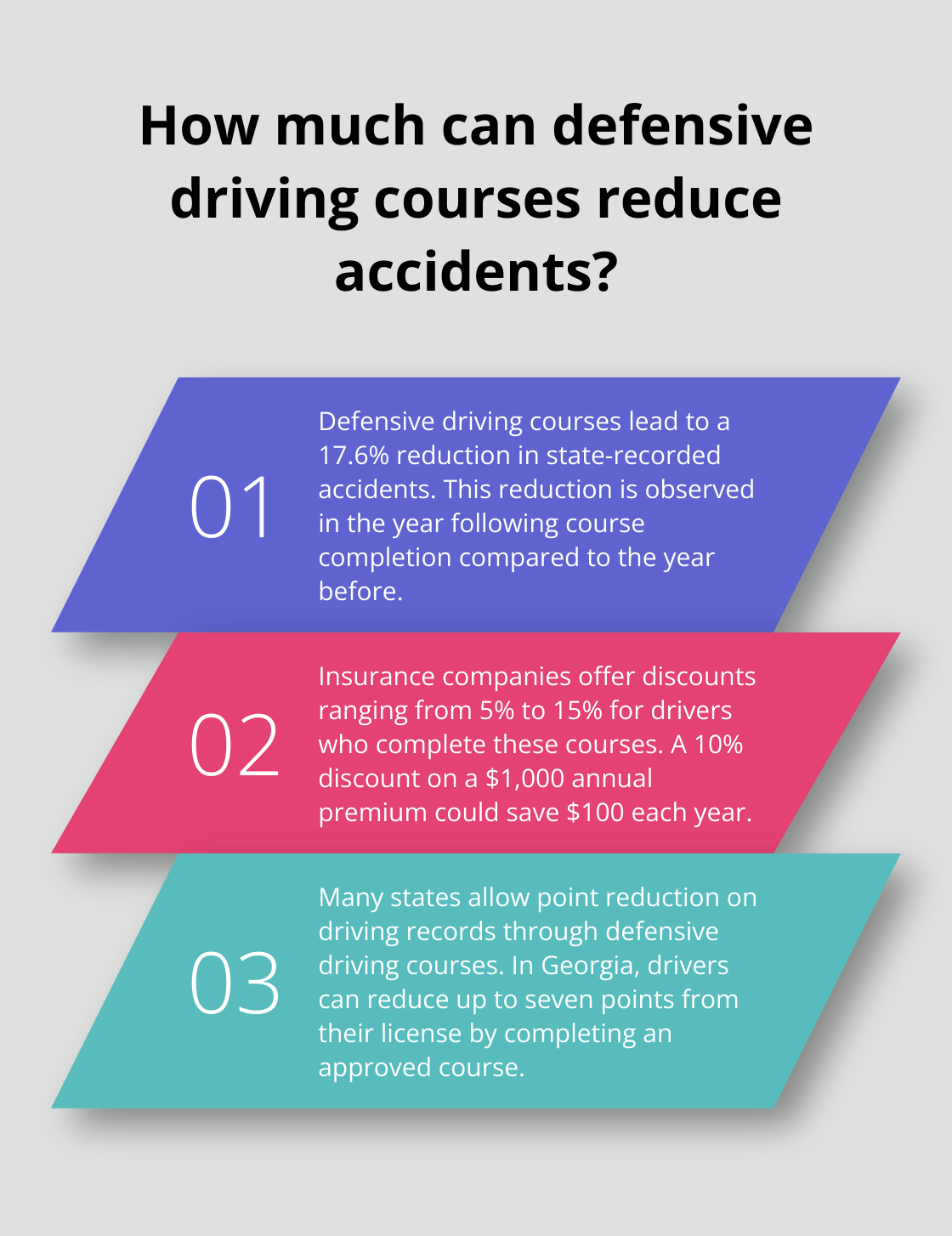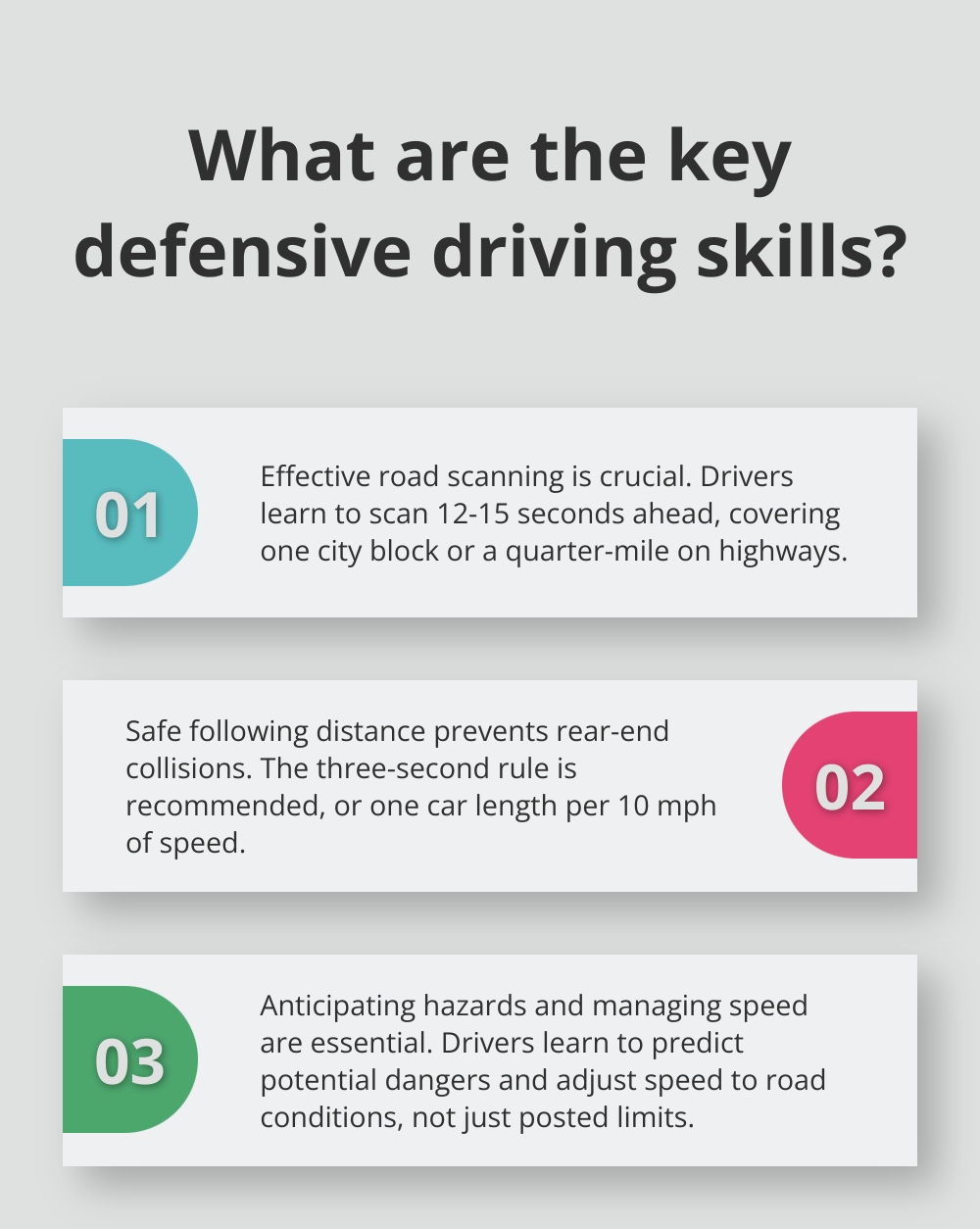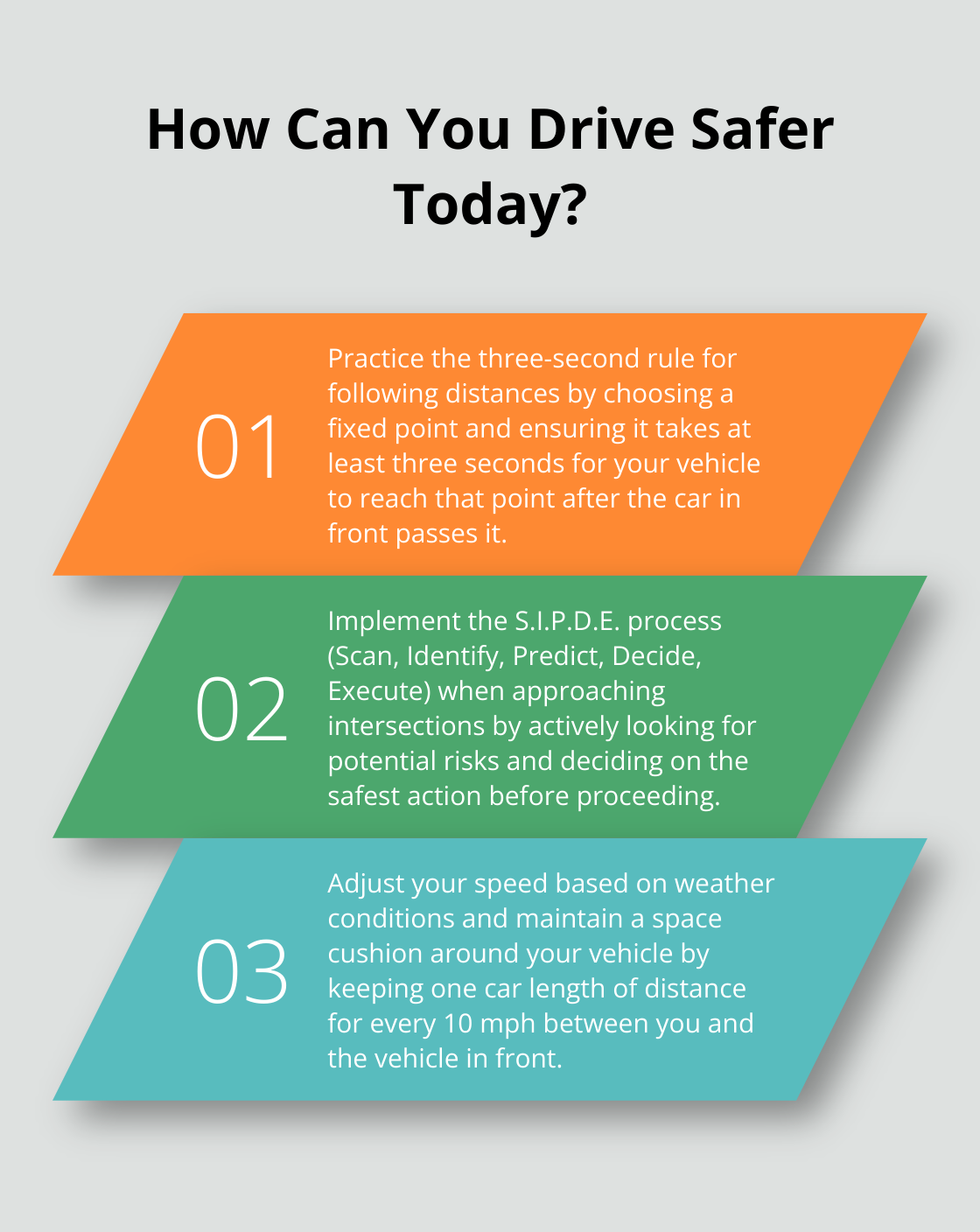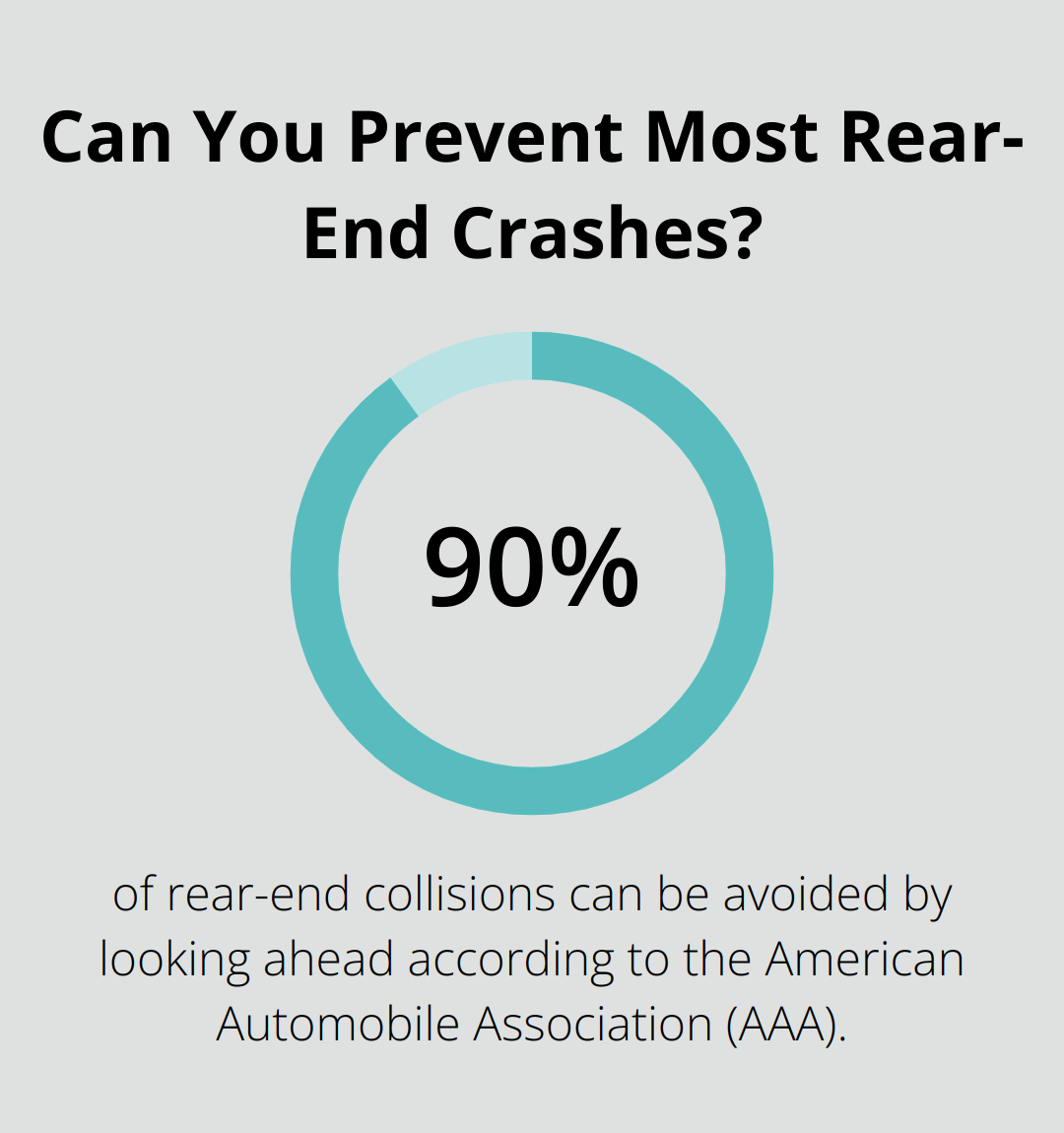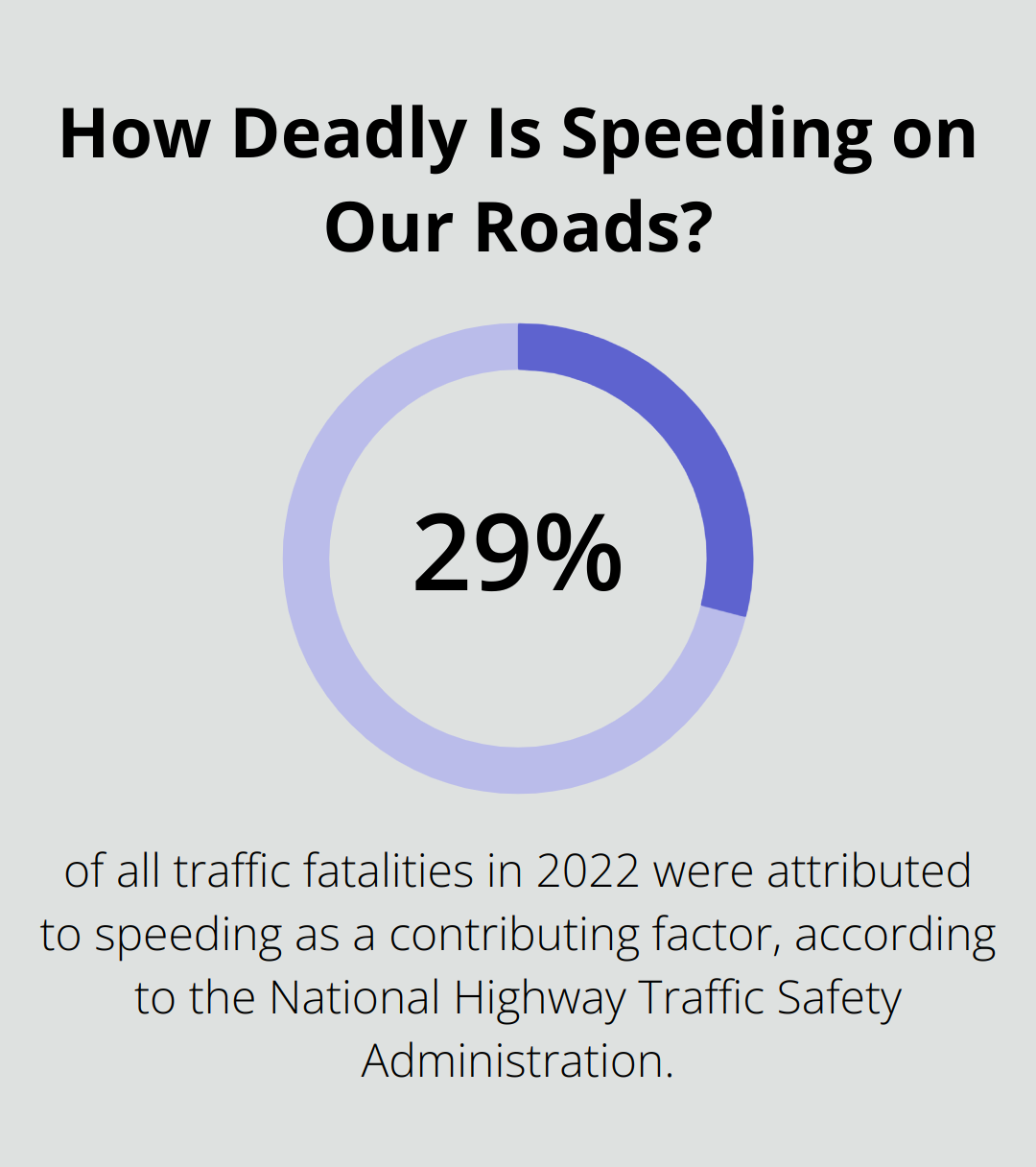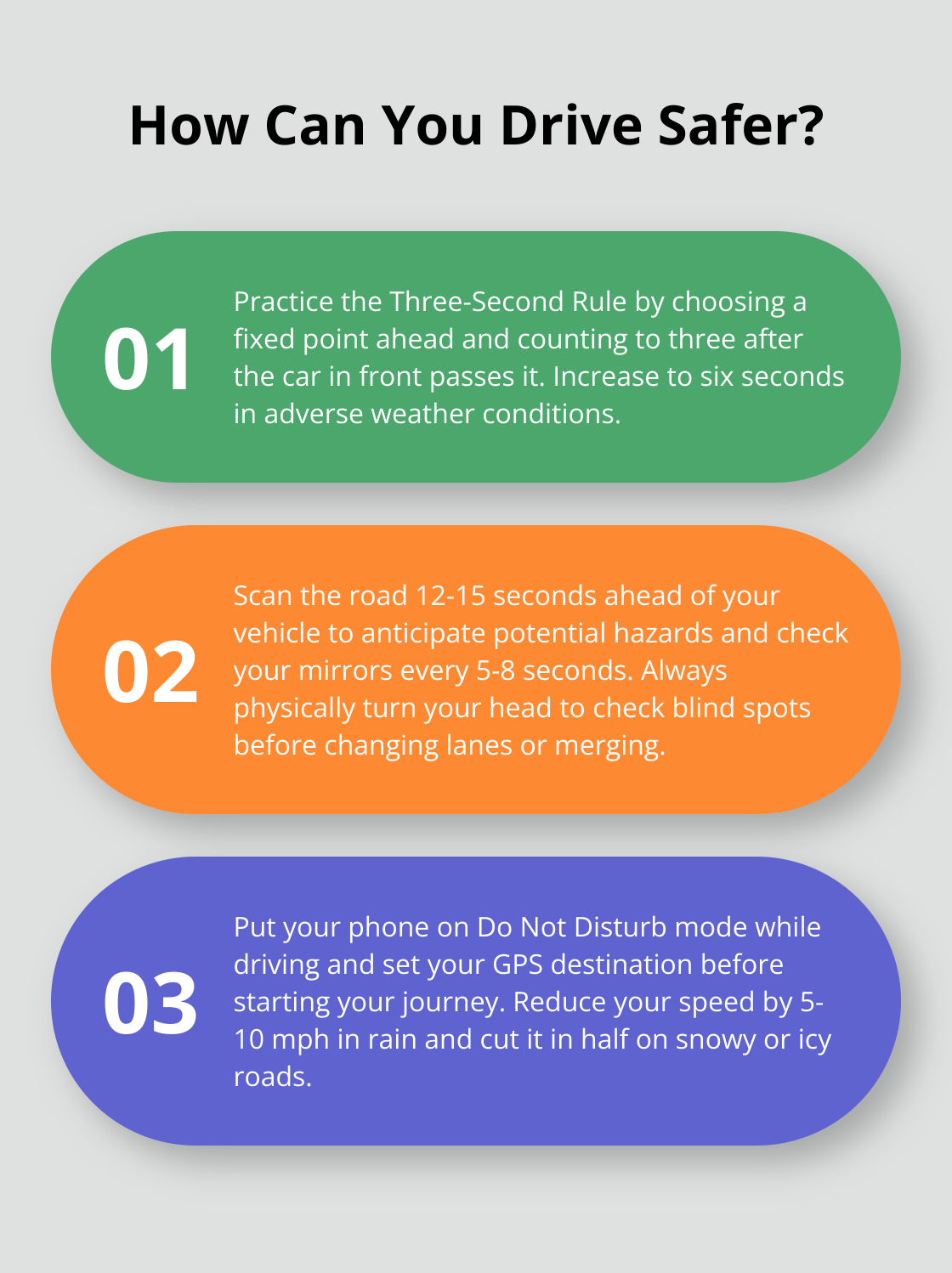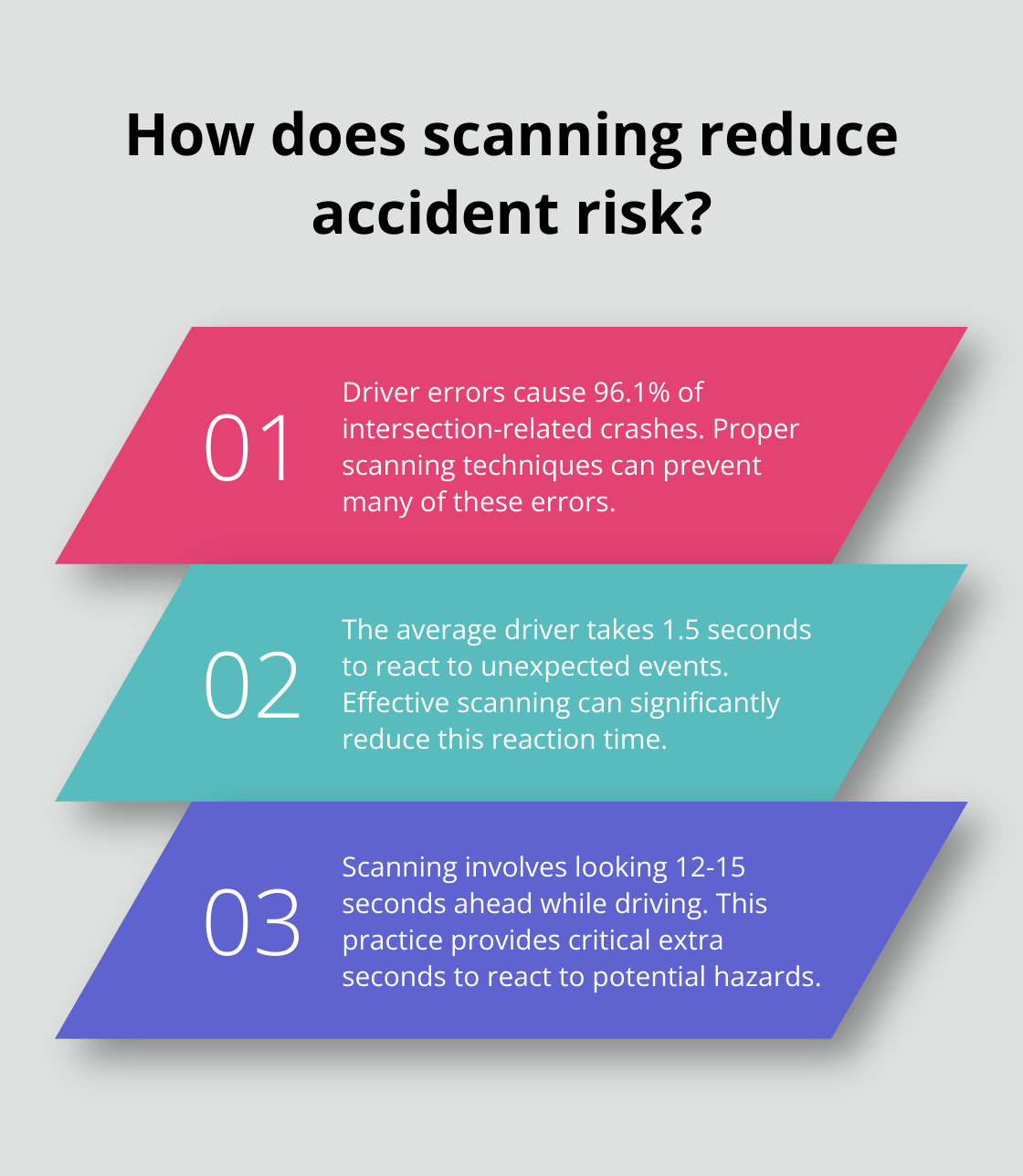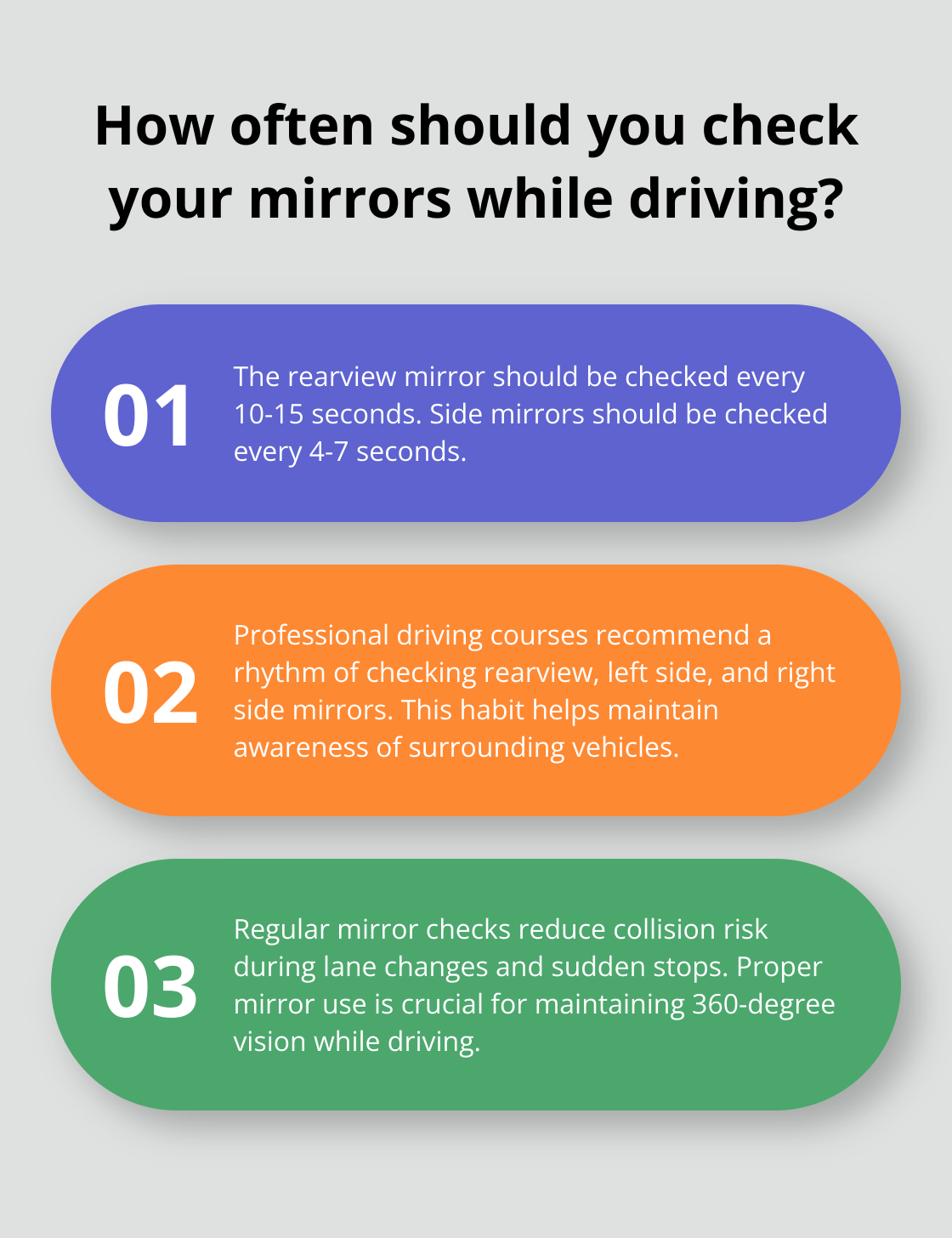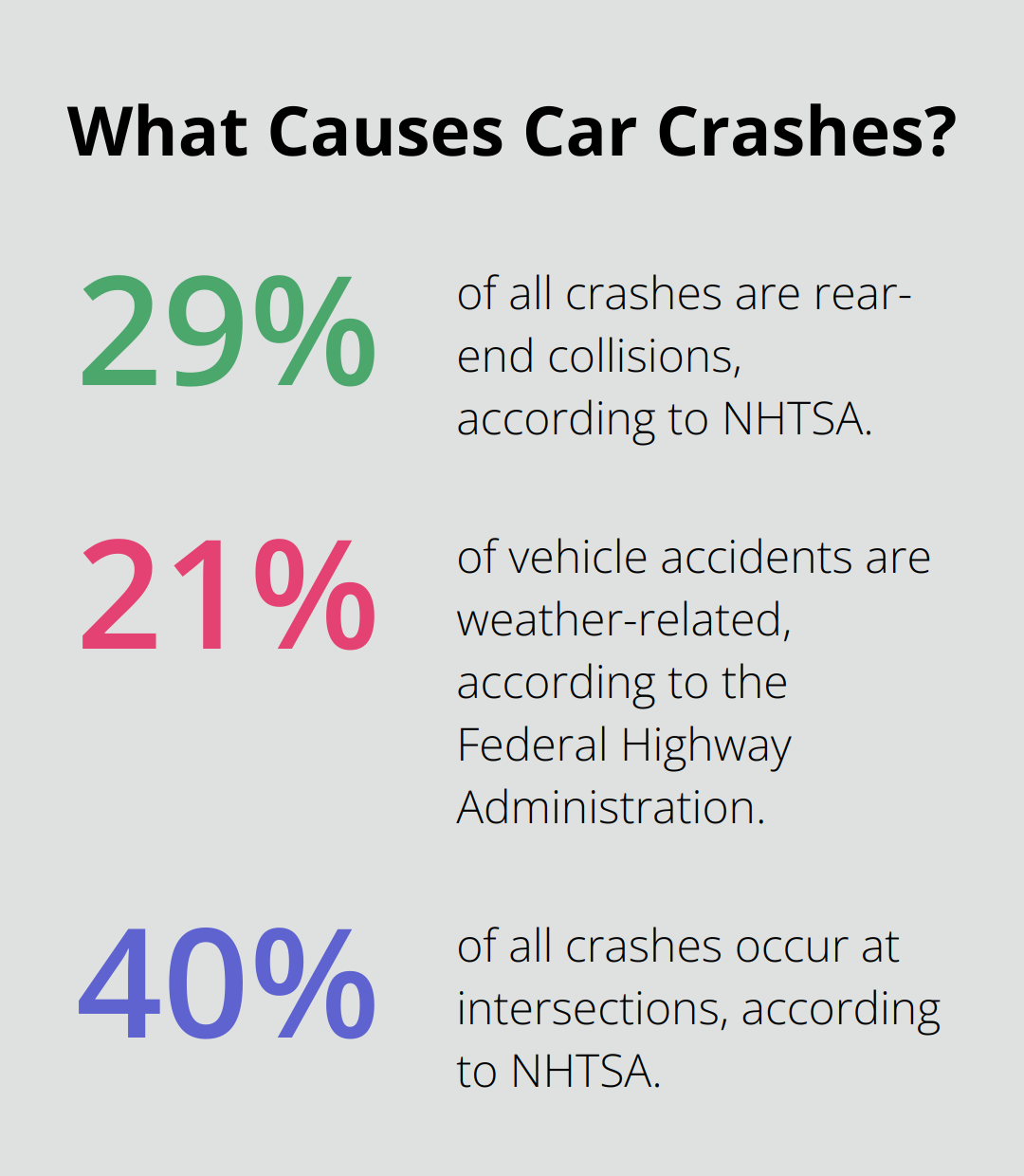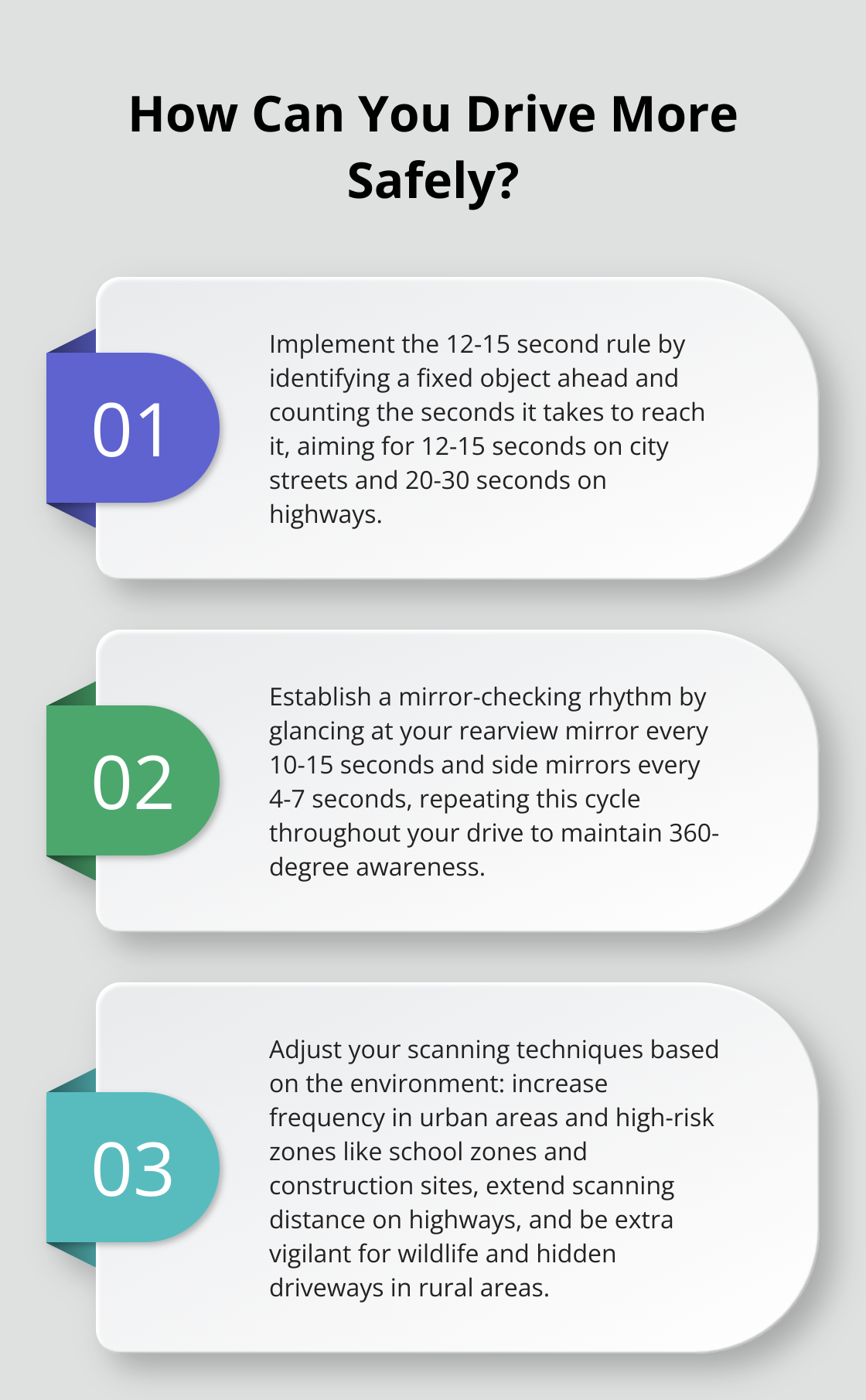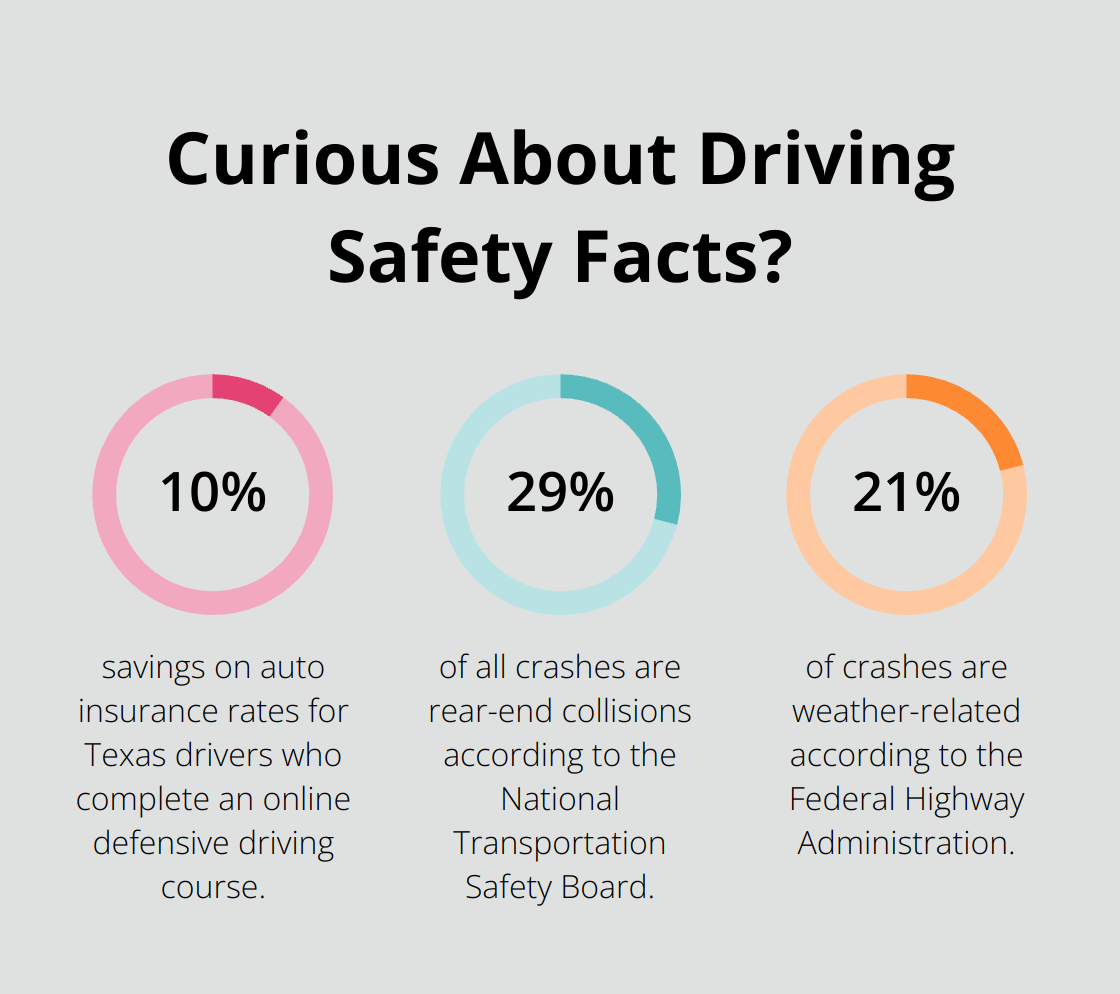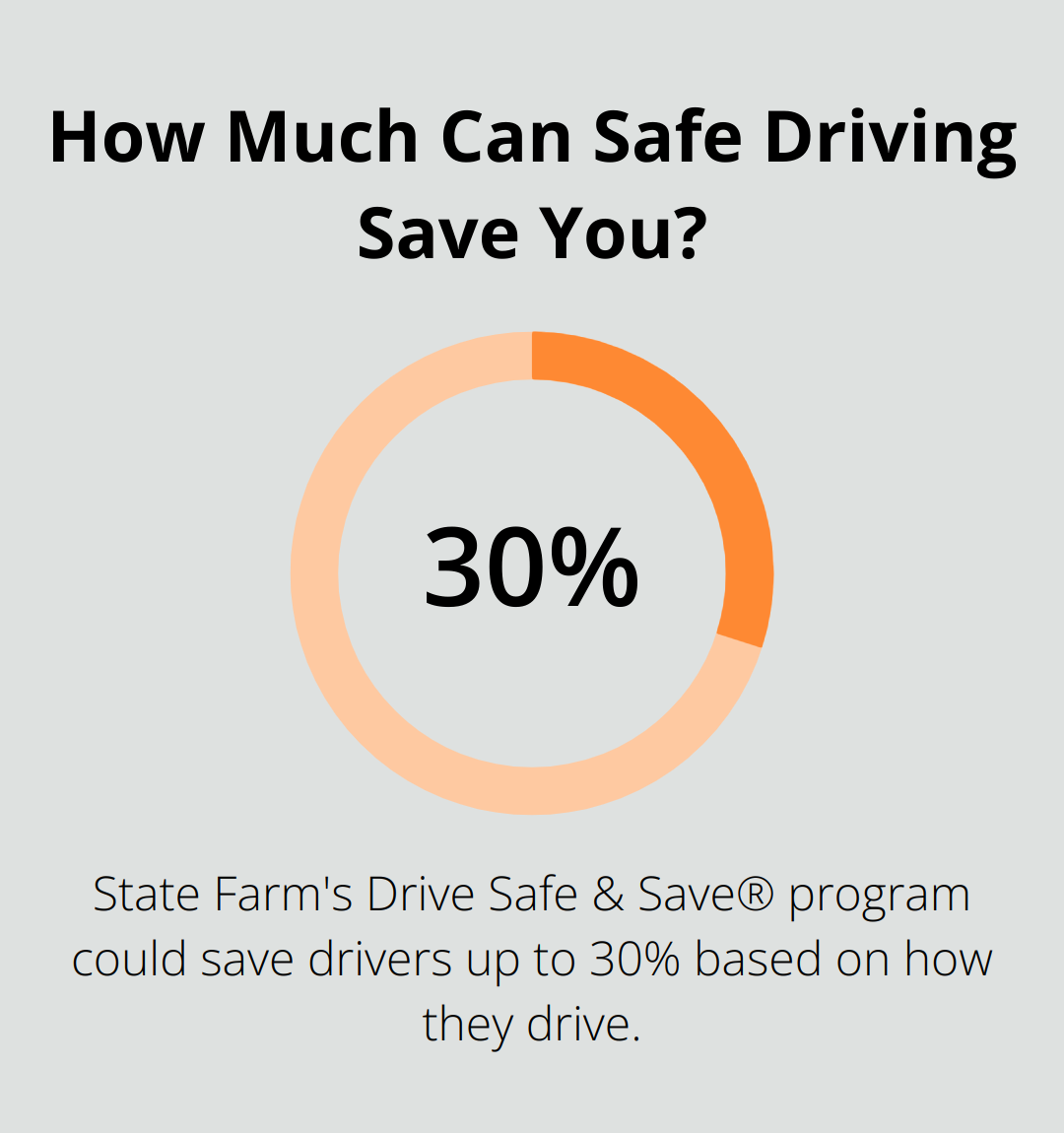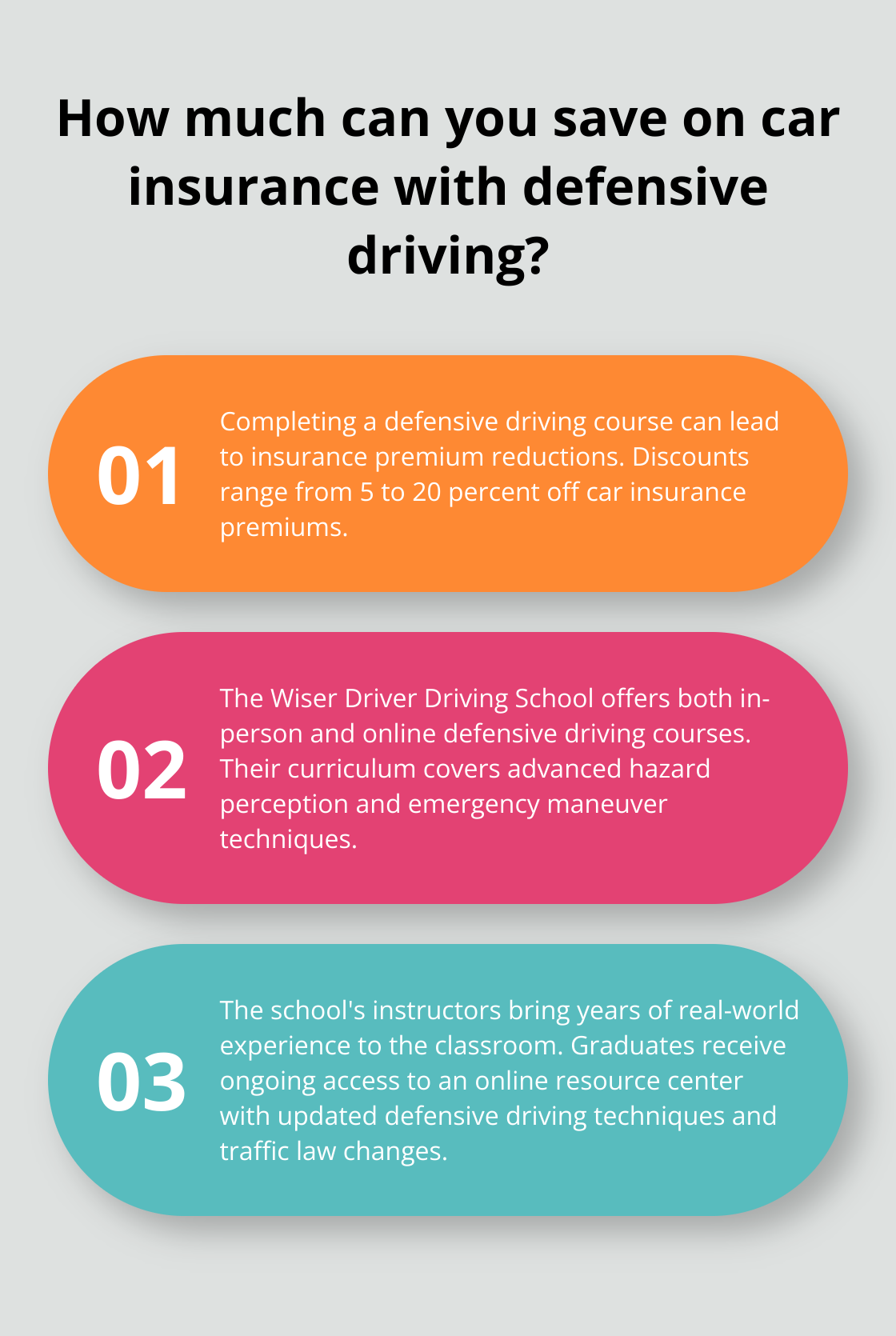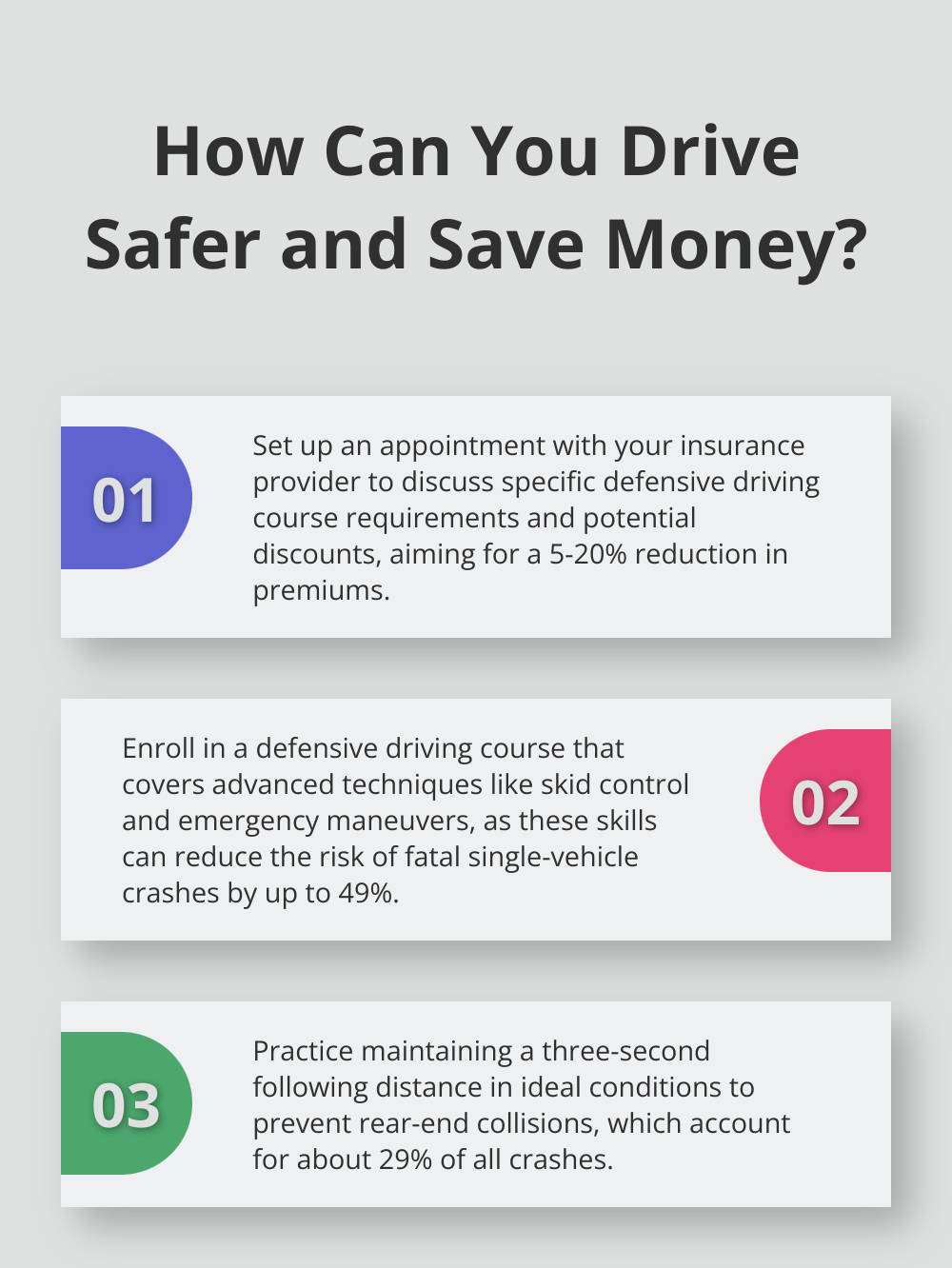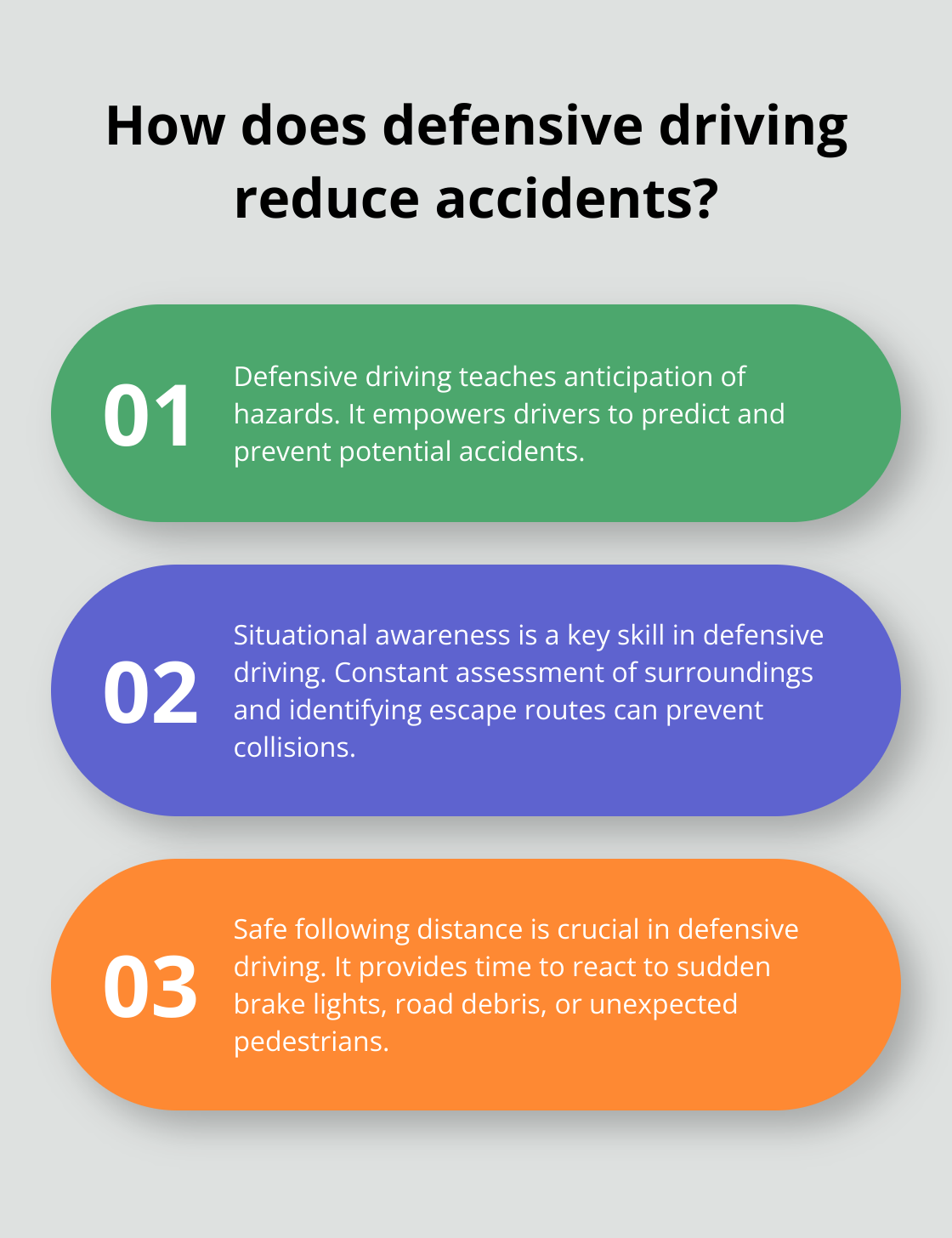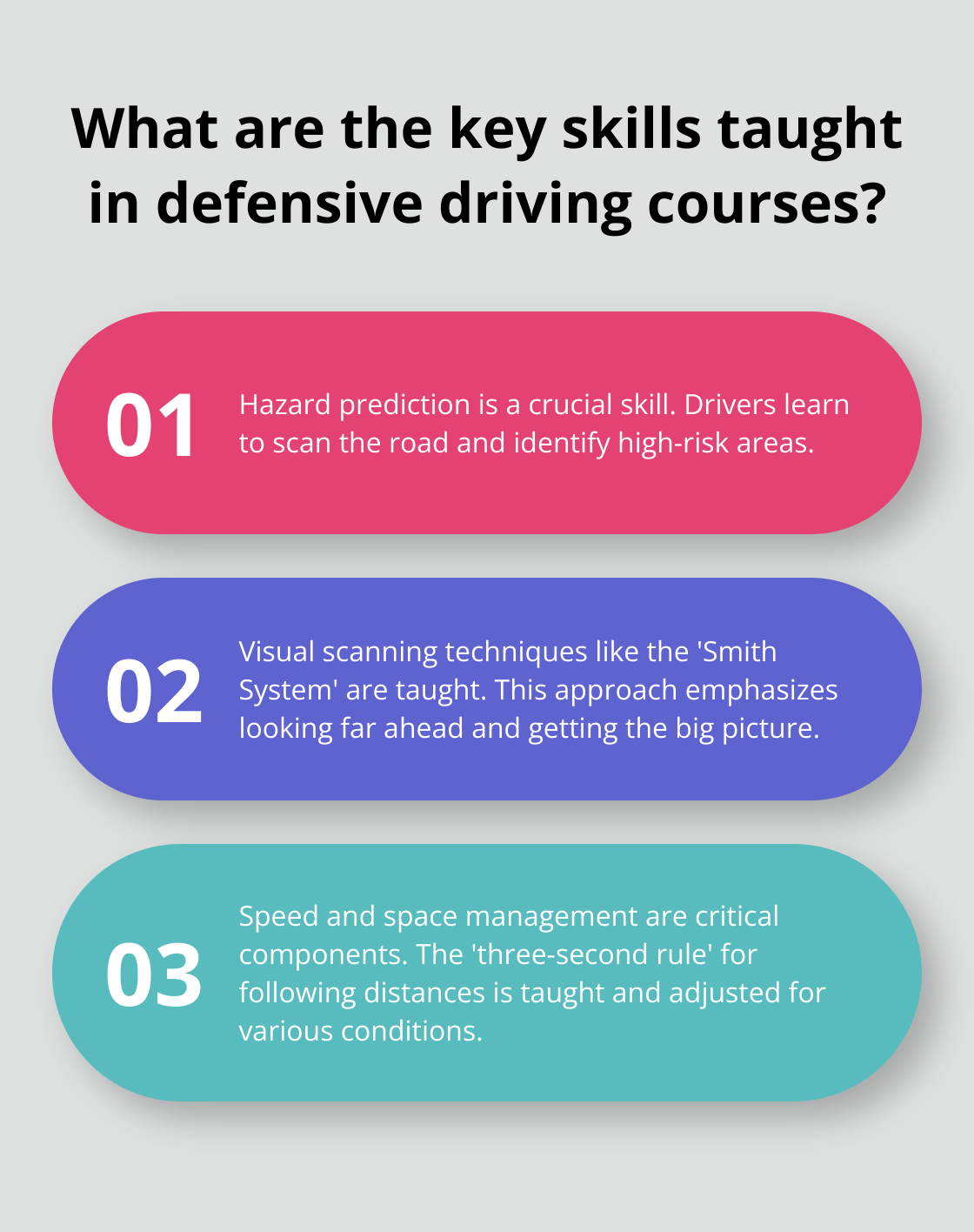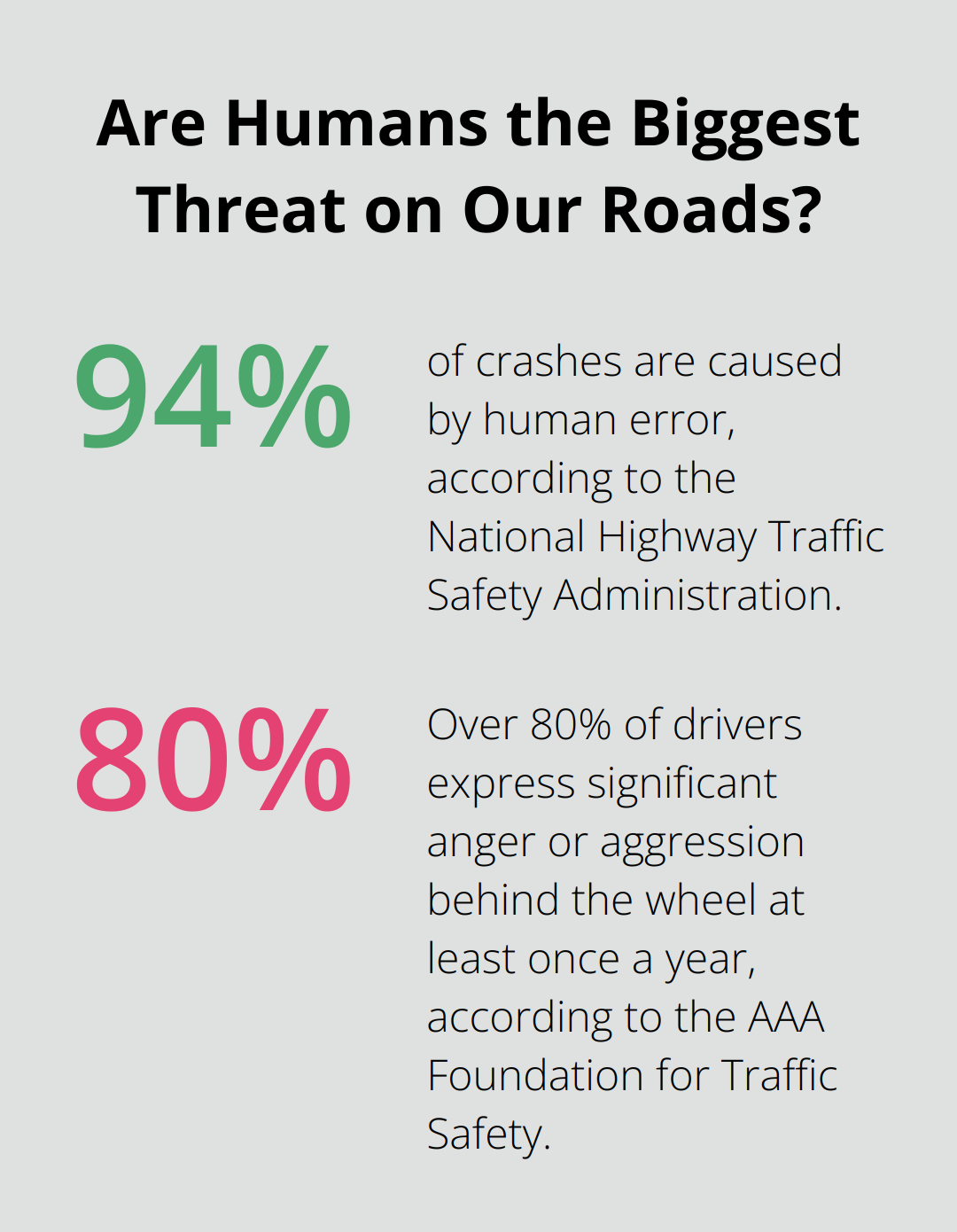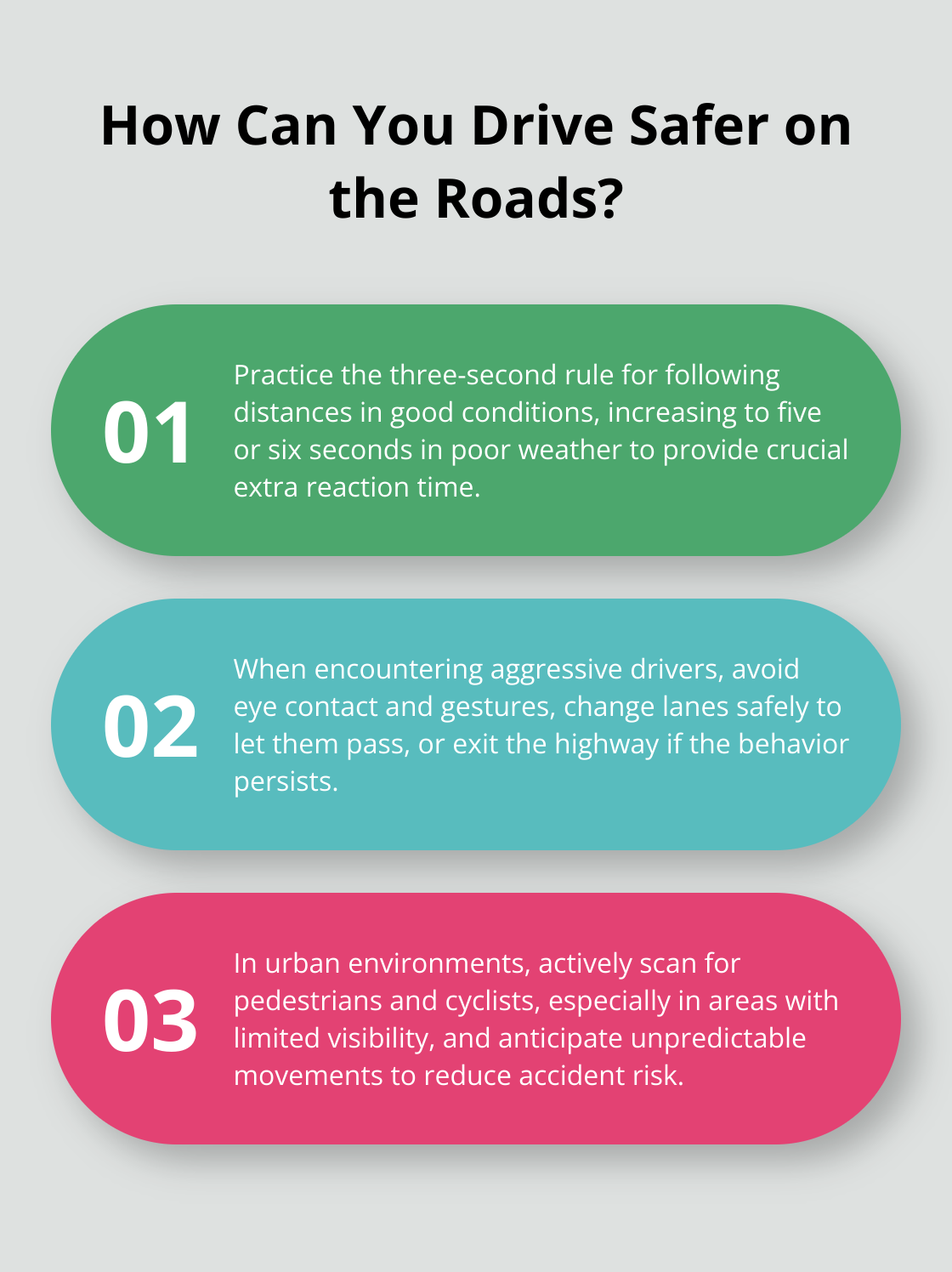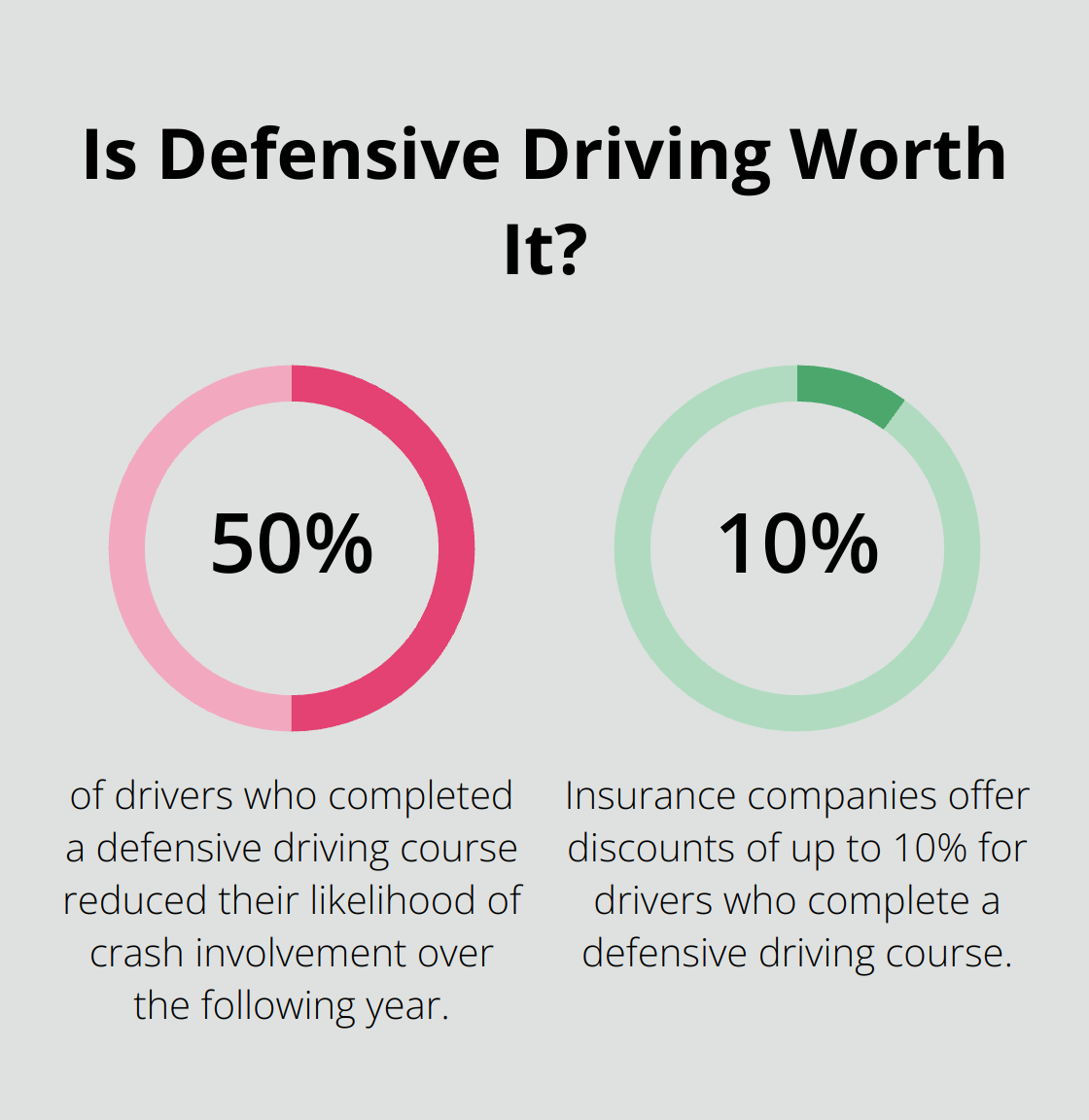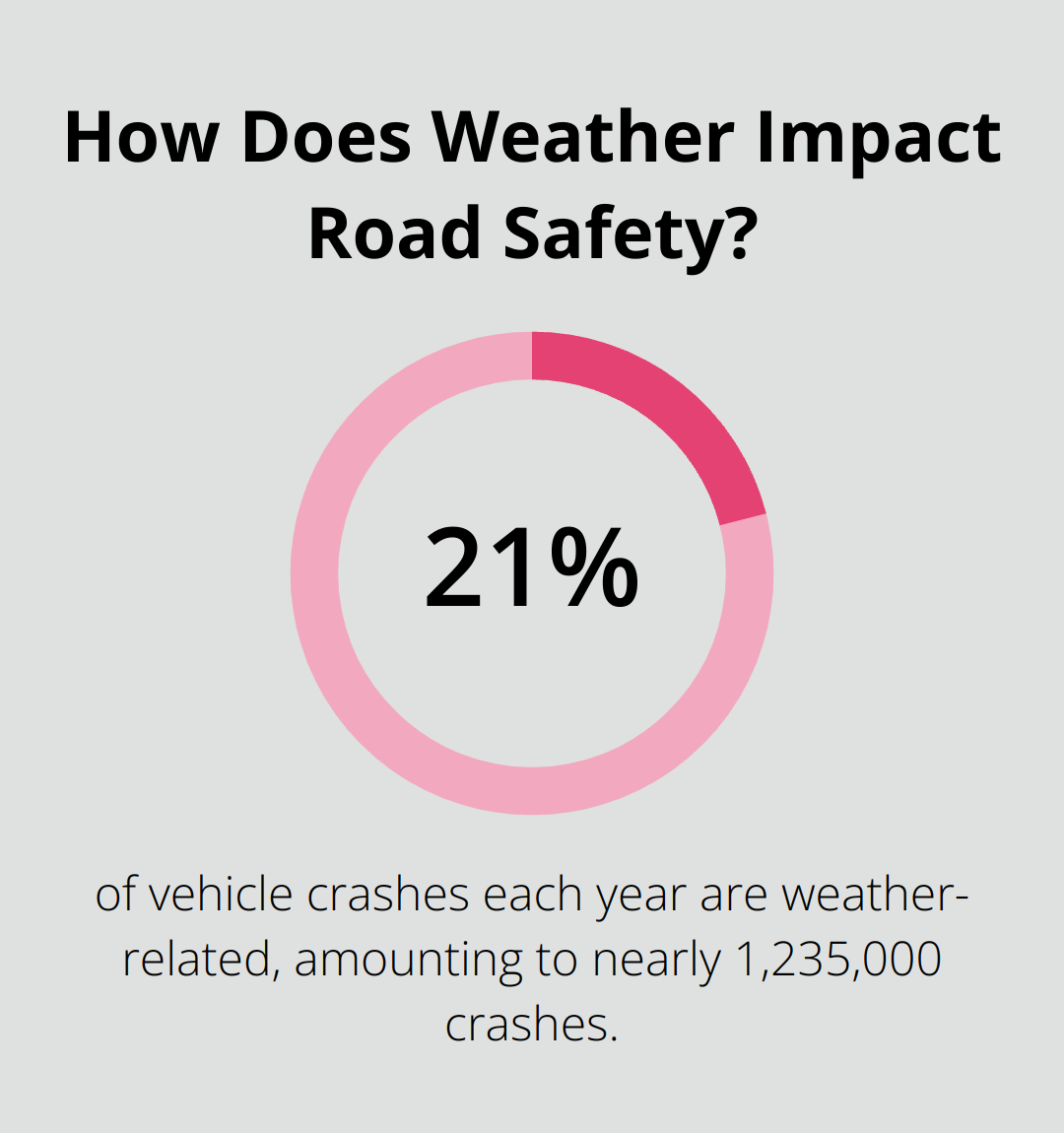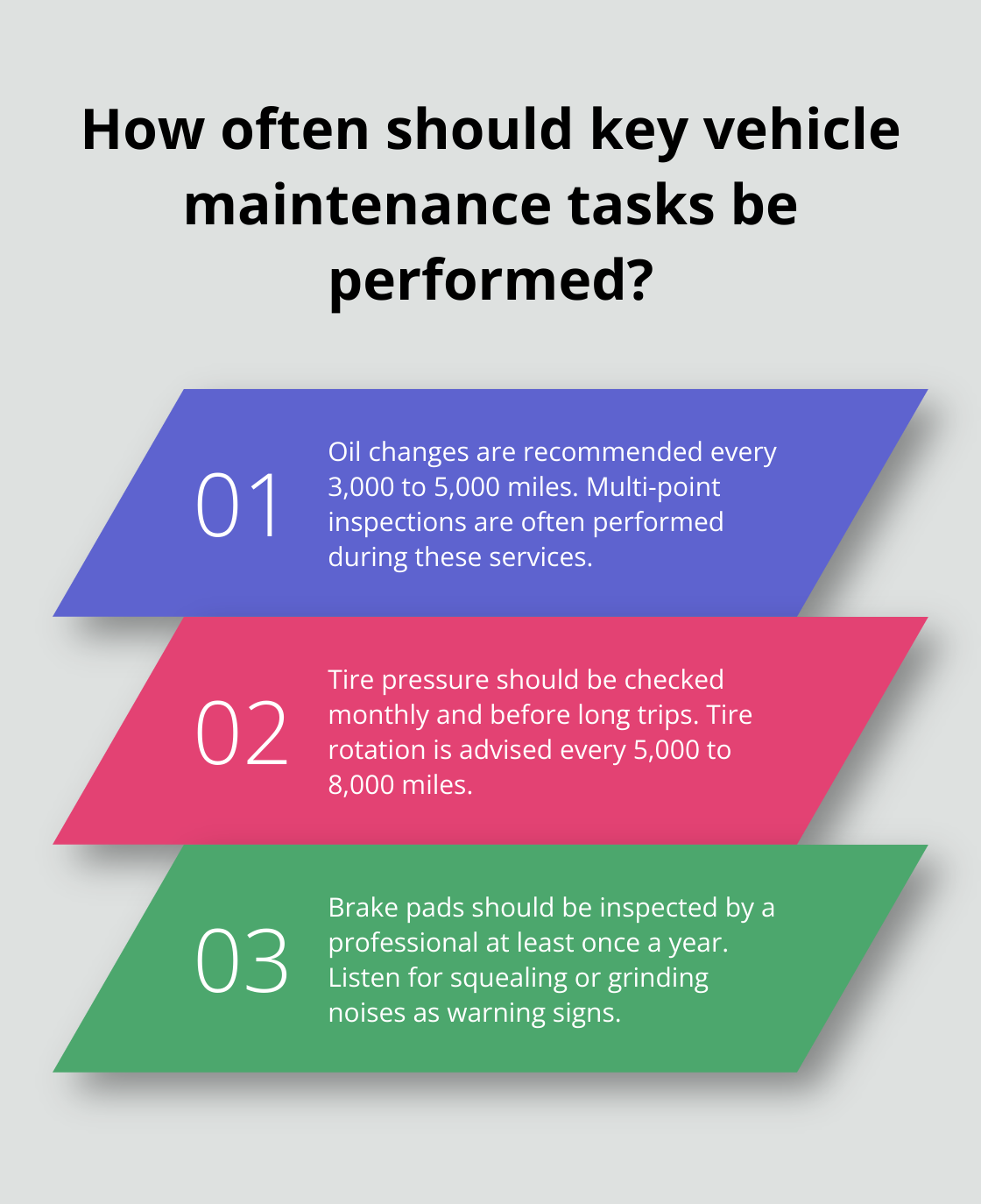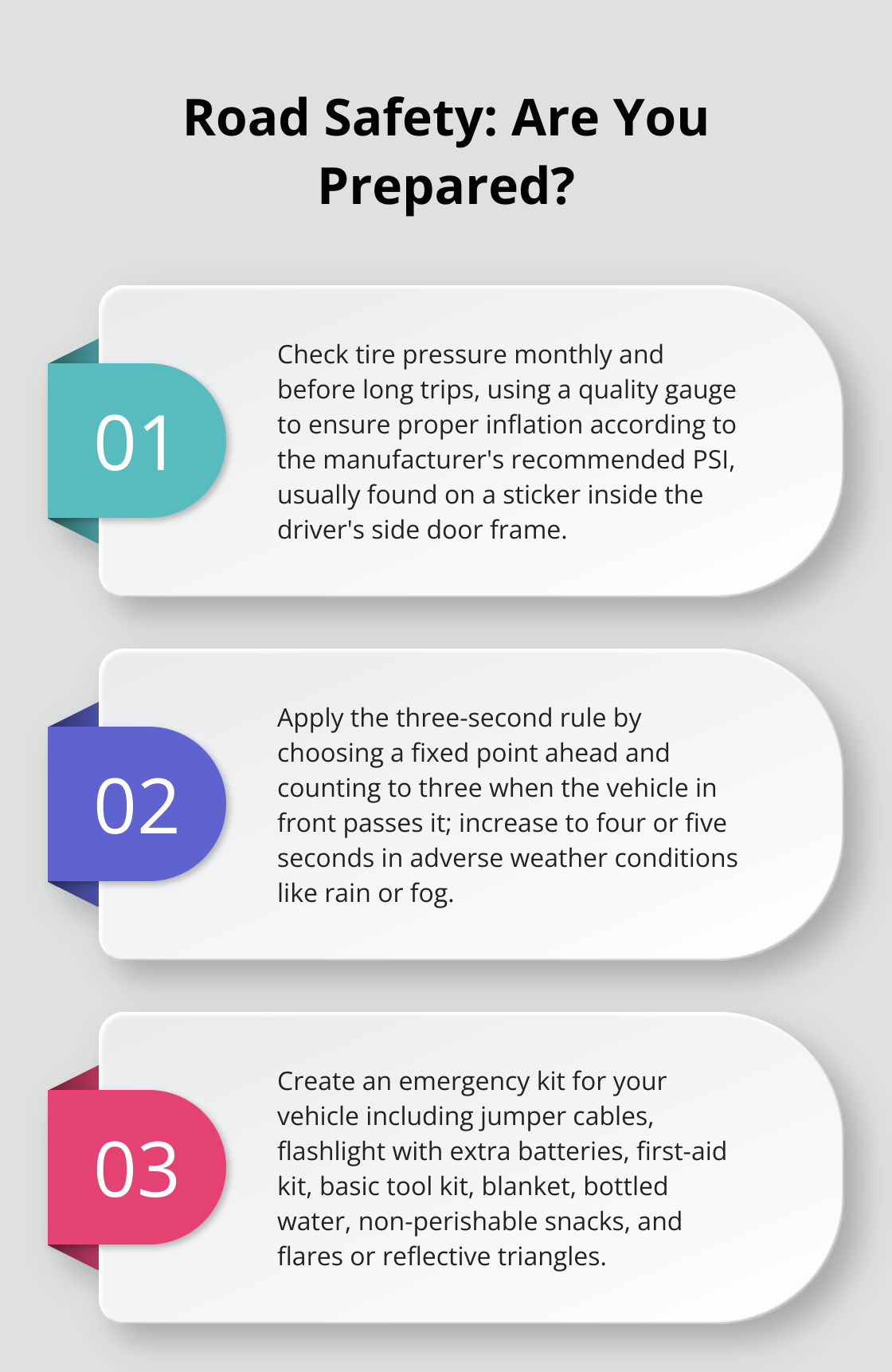Key to Defensive Driving: Essential Tips and Techniques
At The Wiser Driver Driving School, we know that mastering defensive driving is essential for every motorist’s safety. The key to defensive driving lies in developing a set of skills that help you anticipate and avoid potential hazards on the road.
In this blog post, we’ll explore the crucial techniques and tips that can significantly reduce your risk of accidents and make you a more confident driver. Whether you’re a new driver or have years of experience, these insights will help you navigate the roads more safely.
What is Defensive Driving?
A Proactive Approach to Road Safety
Defensive driving transcends the mere adherence to traffic rules. It encompasses a set of driving practices that focus on anticipating potential hazards and taking proactive measures to avoid them.
The Stark Reality of Road Accidents
The significance of defensive driving becomes evident when we examine the alarming statistics. The National Safety Council reports 46,027 fatalities and 5.2 million injuries from motor vehicle accidents in 2022 alone. These numbers underscore the pressing need for improved driving practices.
Life-Saving Impact of Defensive Driving
Adopting defensive driving techniques can dramatically reduce a driver’s risk of accident involvement. Scanning the road 12-15 seconds ahead of your vehicle allows you to react proactively rather than reactively to potential hazards. This straightforward yet effective technique exemplifies how defensive driving makes a tangible difference.
Financial Advantages
Defensive driving offers not only safety benefits but also financial perks. Many insurance companies provide discounts for drivers who complete defensive driving courses. Some providers offer up to a 10% reduction in premiums for drivers who have finished an approved defensive driving program.
Legal Benefits and Point Reduction
In numerous states, the completion of a defensive driving course can help reduce license points or even dismiss a traffic ticket. This proves particularly beneficial for drivers who have accumulated points and face the risk of license suspension.
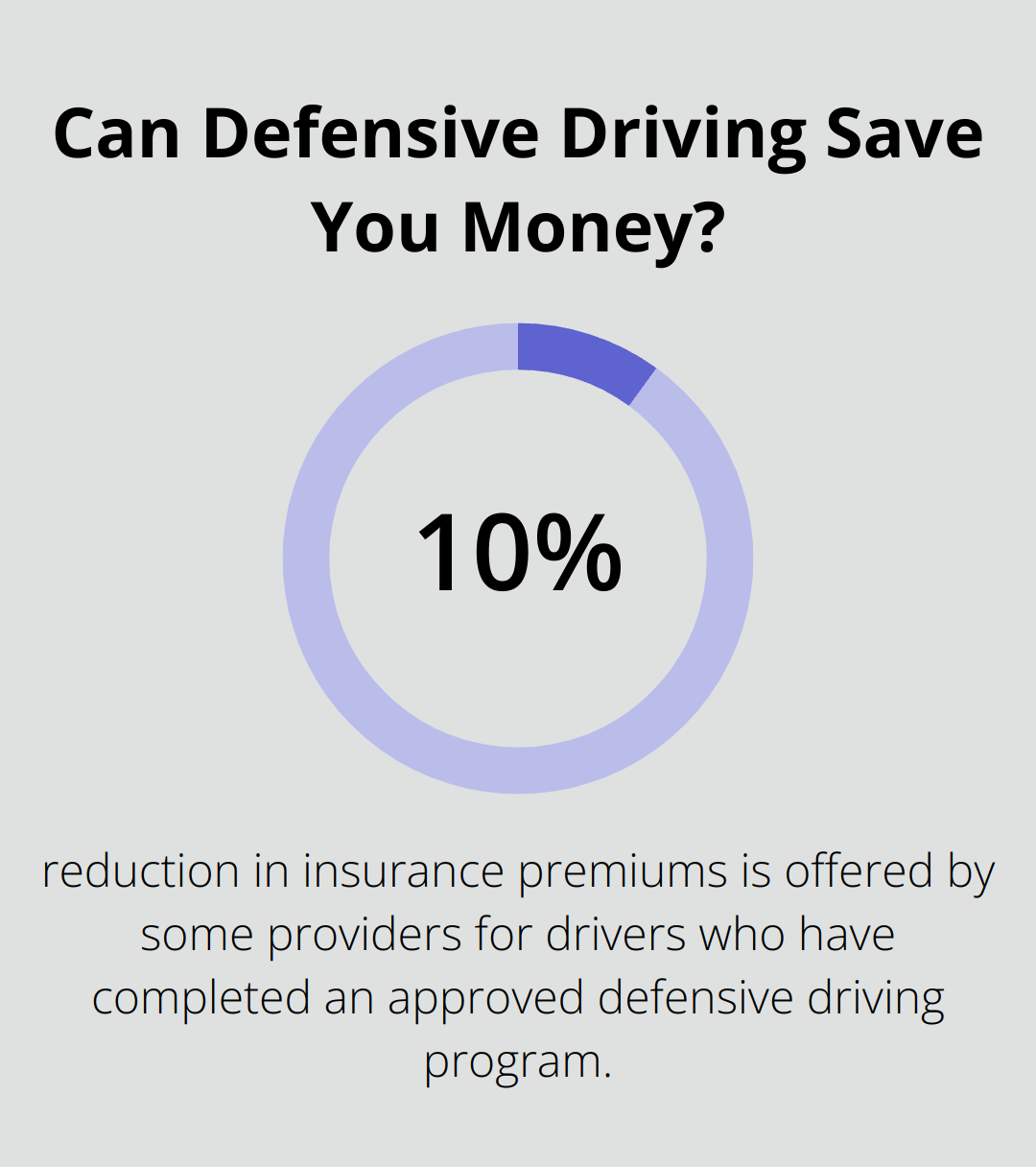
As we move forward, we’ll explore the essential techniques that form the backbone of defensive driving. These skills will equip you to navigate various road situations with confidence and safety.
How to Master Essential Defensive Driving Techniques
At The Wiser Driver Driving School, we emphasize the importance of mastering defensive driving techniques. These skills are not just theoretical concepts but practical tools that can save lives on the road. Let’s explore some of the most effective techniques that every driver should incorporate into their daily driving habits.
The Three-Second Rule
One of the most important aspects of defensive driving is to maintain a safe following distance. We recommend using the three-second rule. Here’s how it works: choose a fixed point ahead of the car in front of you. When that car passes the point, start counting. If you reach the same point before you count to three, you follow too closely. In adverse weather conditions, increase this to a four or five-second gap.
Constant Vigilance
Scanning the road ahead is a key skill that many drivers overlook. Don’t just focus on the car directly in front of you. Instead, look at least 12-15 seconds ahead on city streets and 20-30 seconds ahead on highways. This technique allows you to spot potential hazards early, giving you ample time to react.
Mirror, Signal, Maneuver
Proper use of mirrors and blind spot checks is another vital technique. We teach our students to check their mirrors every 5-8 seconds. Before changing lanes or making a turn, always use the “Mirror, Signal, Maneuver” sequence. This involves checking your mirrors, signaling your intention, and then making your move after a final blind spot check. This sequence significantly reduces the risk of collisions during lane changes or turns.
Weather-Wise Driving
Adapting to different weather and road conditions is a skill that requires practice. In wet conditions, reduce your speed by at least 30% and increase your following distance. When driving in fog, use your low beams to improve visibility while minimizing glare. The key is to adjust your driving to the conditions, not to the speed limit signs.
Distraction-Free Zone
Avoiding distractions while driving is perhaps the most challenging yet important defensive driving technique in today’s world. According to the Centers for Disease Control and Prevention (CDC), nine people in the United States are killed every day in crashes that are reported to involve a distracted driver. We strongly advise our students to put their phones on “Do Not Disturb” mode while driving and to avoid any activities that take their eyes off the road, hands off the wheel, or mind off driving.
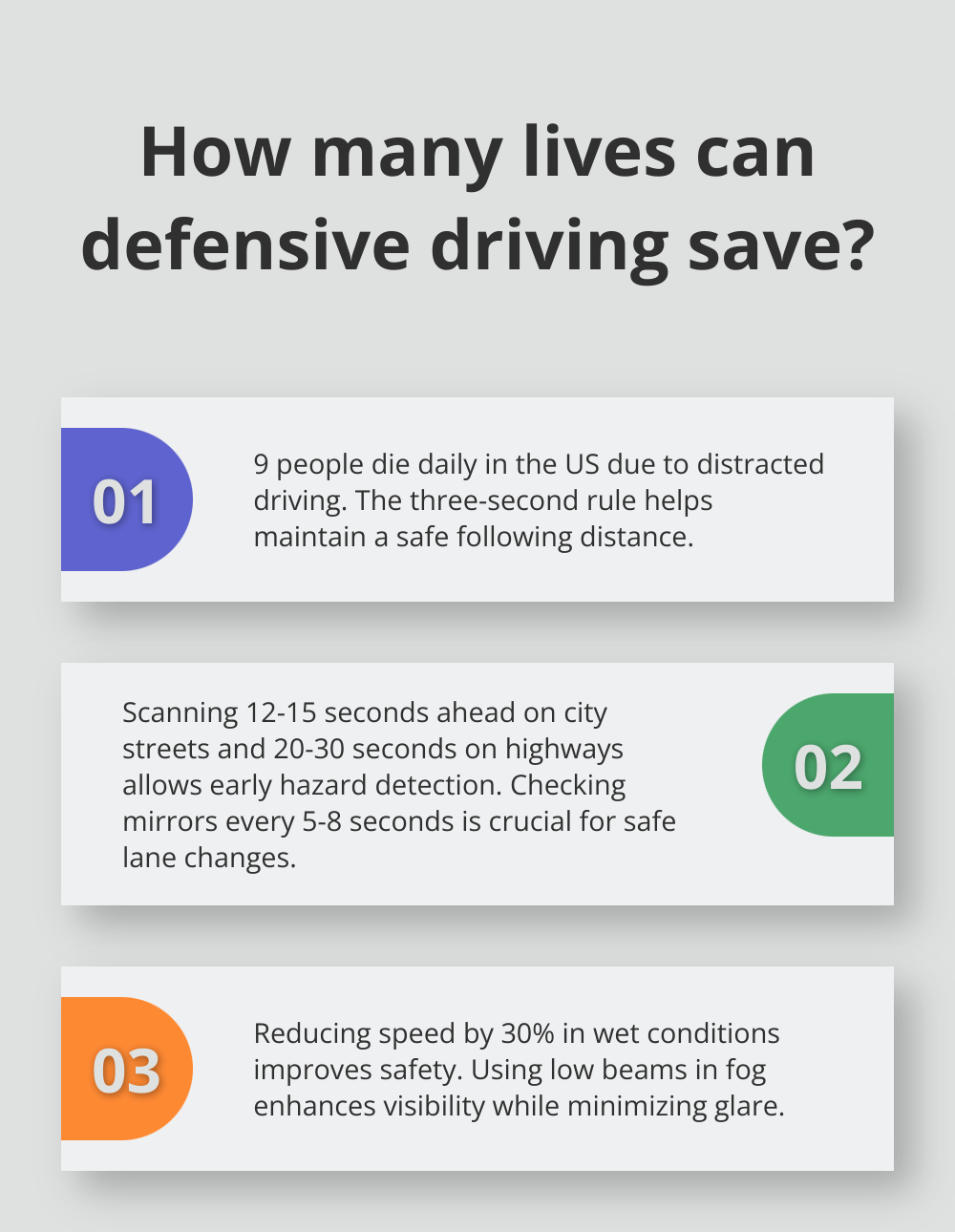
Mastering these techniques takes time and practice. The Wiser Driver Driving School provides hands-on training to help you internalize these skills. Defensive driving is not just about protecting yourself; it’s about making the roads safer for everyone. In the next section, we’ll discuss how to apply these techniques in common driving scenarios, further enhancing your ability to navigate the roads safely and confidently.
How to Handle Common Driving Challenges
Dealing with Aggressive Drivers
Aggressive drivers pose a significant threat on the road. Speeding was a contributing factor in 29% of all traffic fatalities in 2022, according to the National Highway Traffic Safety Administration. When you encounter an aggressive driver, avoid engagement. Don’t make eye contact or respond to provocations. If possible, change lanes safely to let them pass. In case the situation escalates, pull over in a well-lit, populated area and contact law enforcement.
Navigating Heavy Traffic
Heavy traffic demands patience and alertness. Keep a safe following distance, even in slow-moving traffic. This prevents rear-end collisions, which accounted for about 30 percent of multivehicle fatal work zone crashes in 1999. Use your turn signals well in advance when changing lanes, and prepare for sudden stops. Try to plan your route to avoid known congestion areas or travel during off-peak hours.
Handling Unexpected Obstacles
Road debris, animals, or pedestrians can appear without warning. Stay alert and avoid overreacting. If you can’t safely avoid an obstacle, it’s often safer to hit it than to swerve into another lane. The AAA Foundation for Traffic Safety reports over 200,000 crashes caused by road debris each year. Regular scanning of the road ahead provides crucial extra seconds to react.
Responding to Vehicle Malfunctions
Vehicle malfunctions can be frightening, but staying calm is essential. For a tire blowout, grip the steering wheel firmly, take your foot off the gas gradually, and steer to the side of the road. In case of brake failure, pump the brake pedal rapidly and use the emergency brake to slow down. Regular vehicle maintenance prevents many common malfunctions.
Safely Merging and Changing Lanes
Proper merging and lane changes are vital skills. Always use your turn signals and check your blind spots. The National Highway Traffic Safety Administration states that about 840,000 blind spot accidents occur each year in the United States. The SMOG technique (Signal, Mirror, Over-the-shoulder, Go) ensures comprehensive checks for safe lane changes and merges.
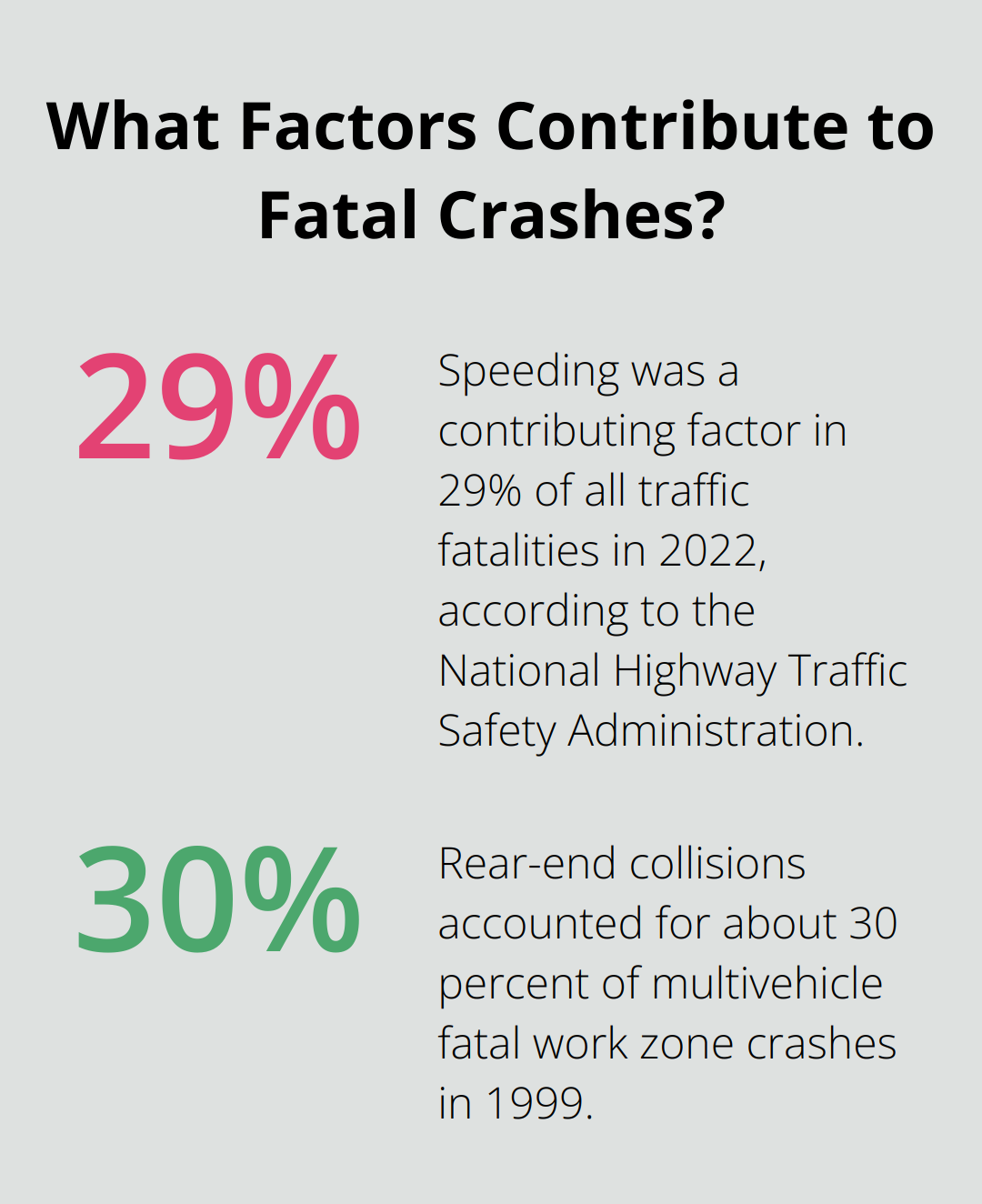
Final Thoughts
Defensive driving requires anticipation, awareness, and proactive decision-making. The key to defensive driving involves maintaining safe distances, scanning the road, using mirrors and signals, adapting to conditions, and avoiding distractions. These practices significantly reduce accident risks and create a safer driving environment for everyone.
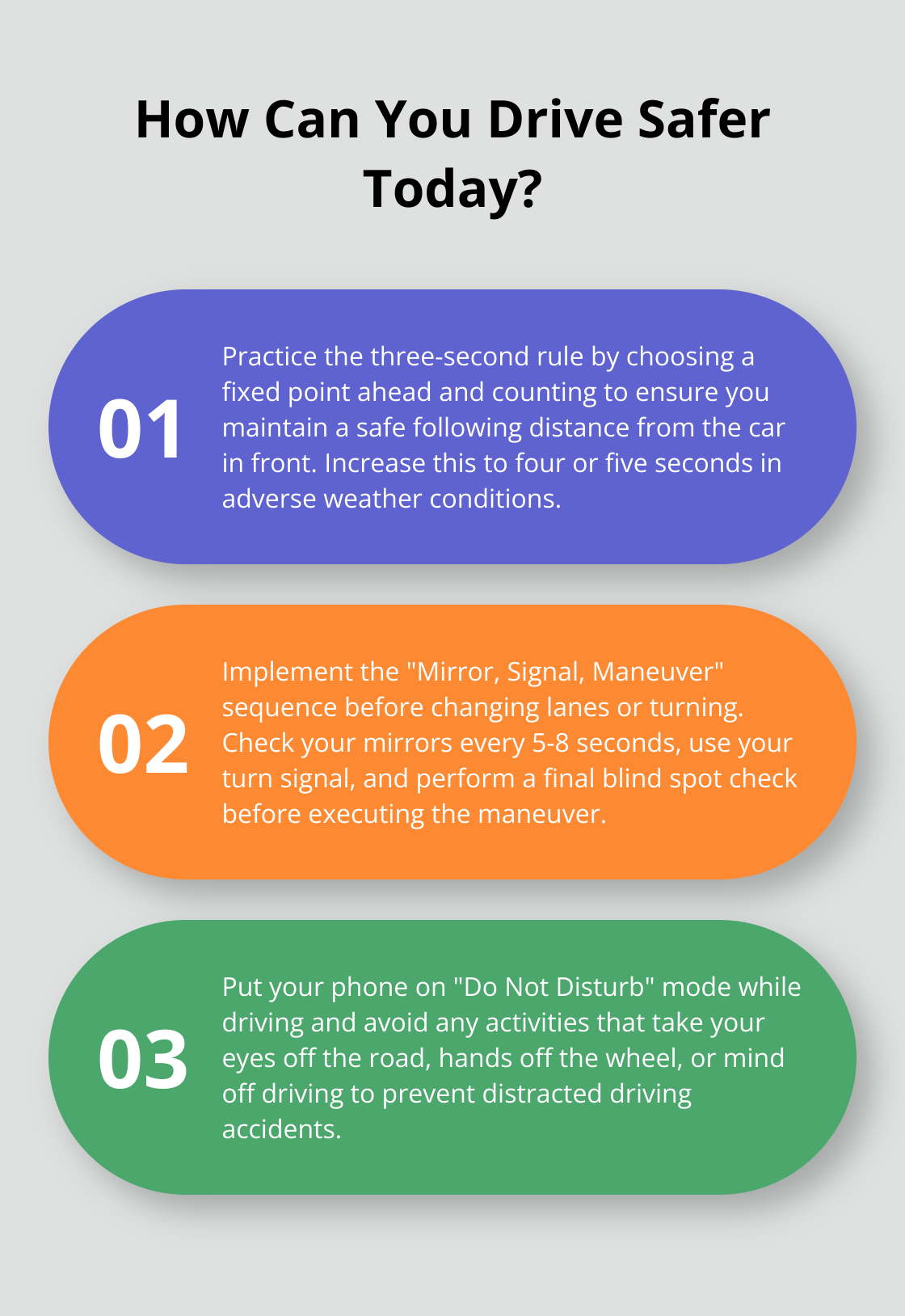
The Wiser Driver Driving School helps drivers master these essential techniques through comprehensive driving programs. Our experienced instructors provide hands-on learning experiences to boost confidence and skills on the road. We offer a range of options, including state-required Joshua’s Law classes, personalized driving lessons, and defensive driving courses.
Defensive driving is a lifelong commitment to road safety. It goes beyond passing tests or avoiding tickets; it creates a safer environment for all road users. With the right skills and mindset, you can navigate any road challenge with confidence and care.



